Historias: Stories of El Paso
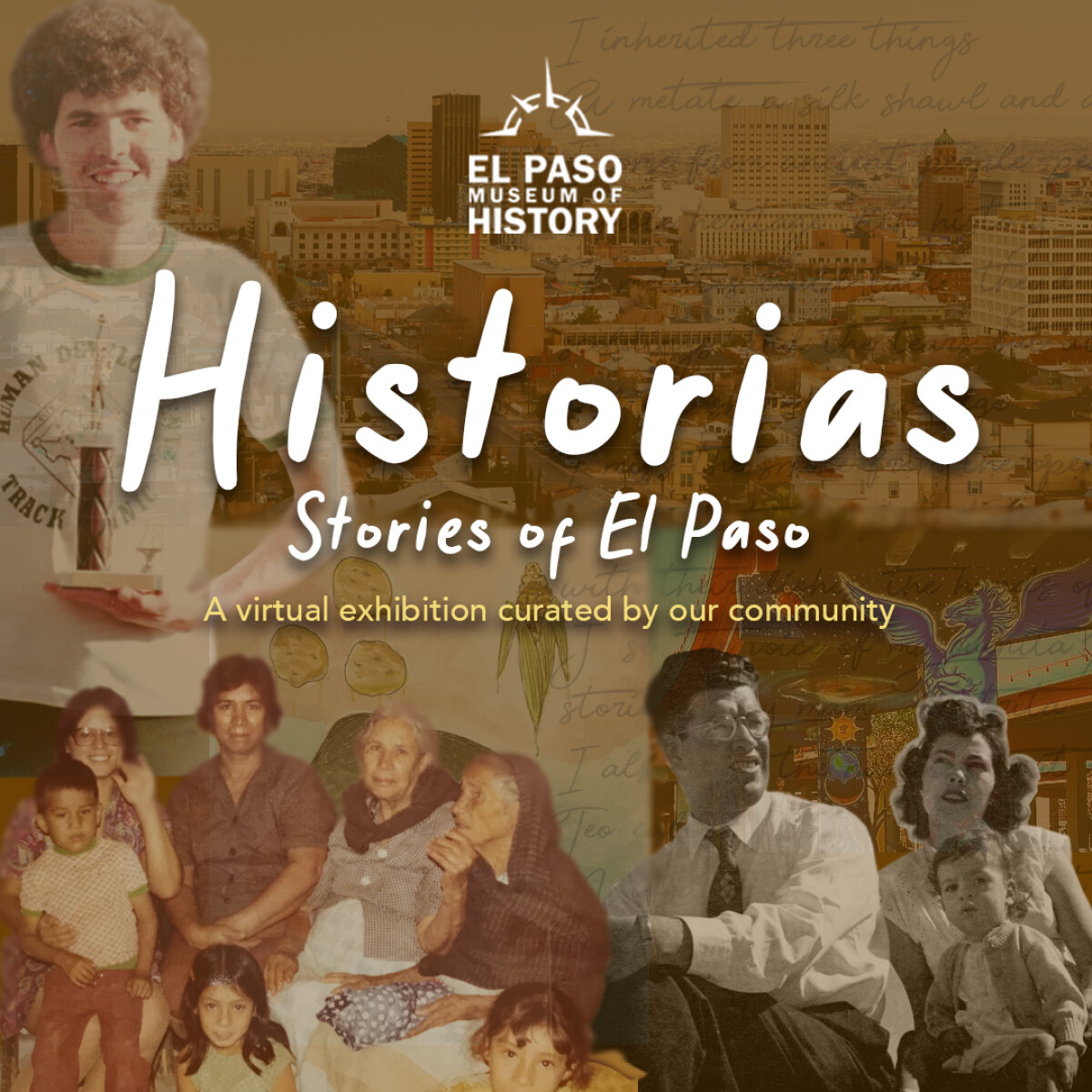
Historias: Stories of El Paso
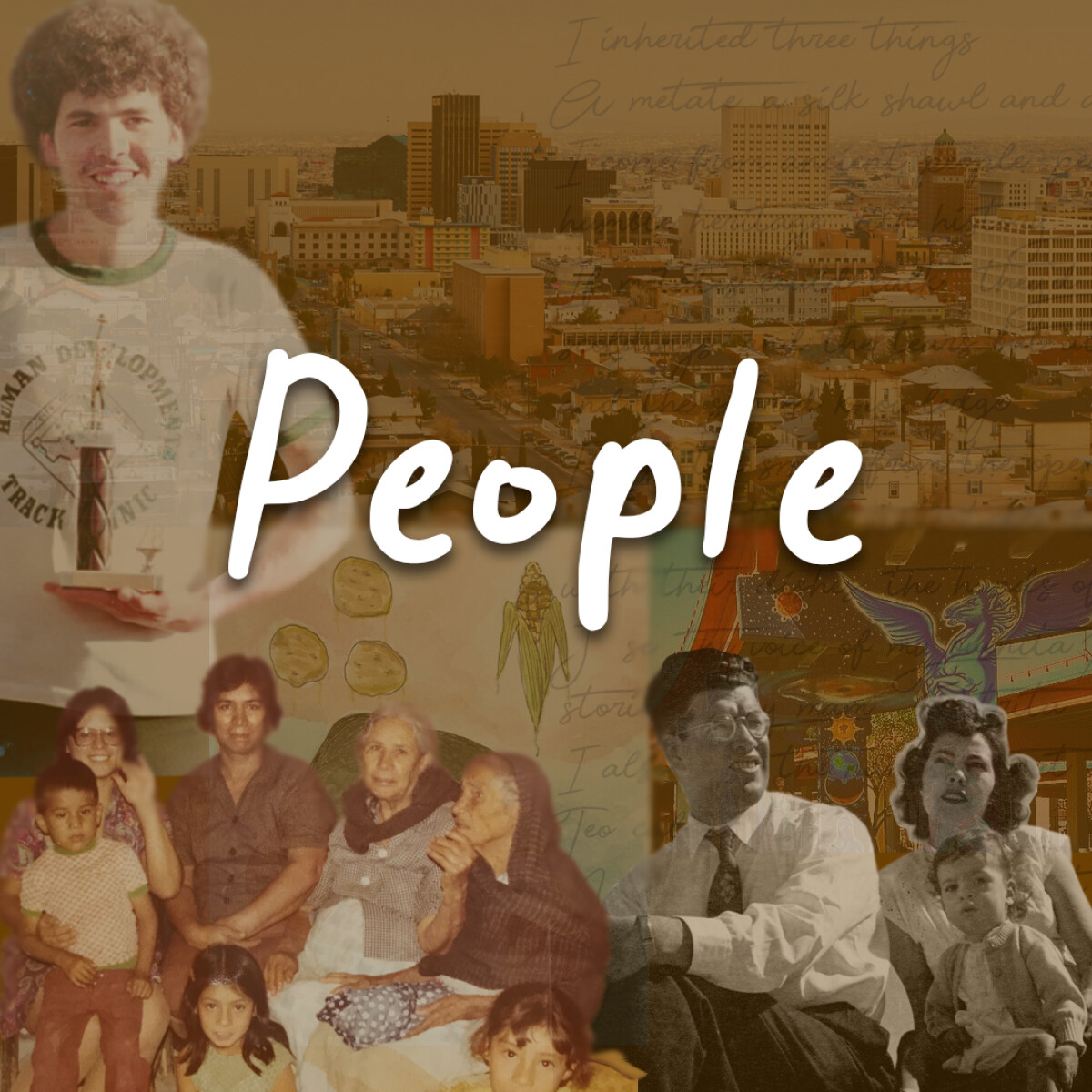
Historias: Stories of El Paso
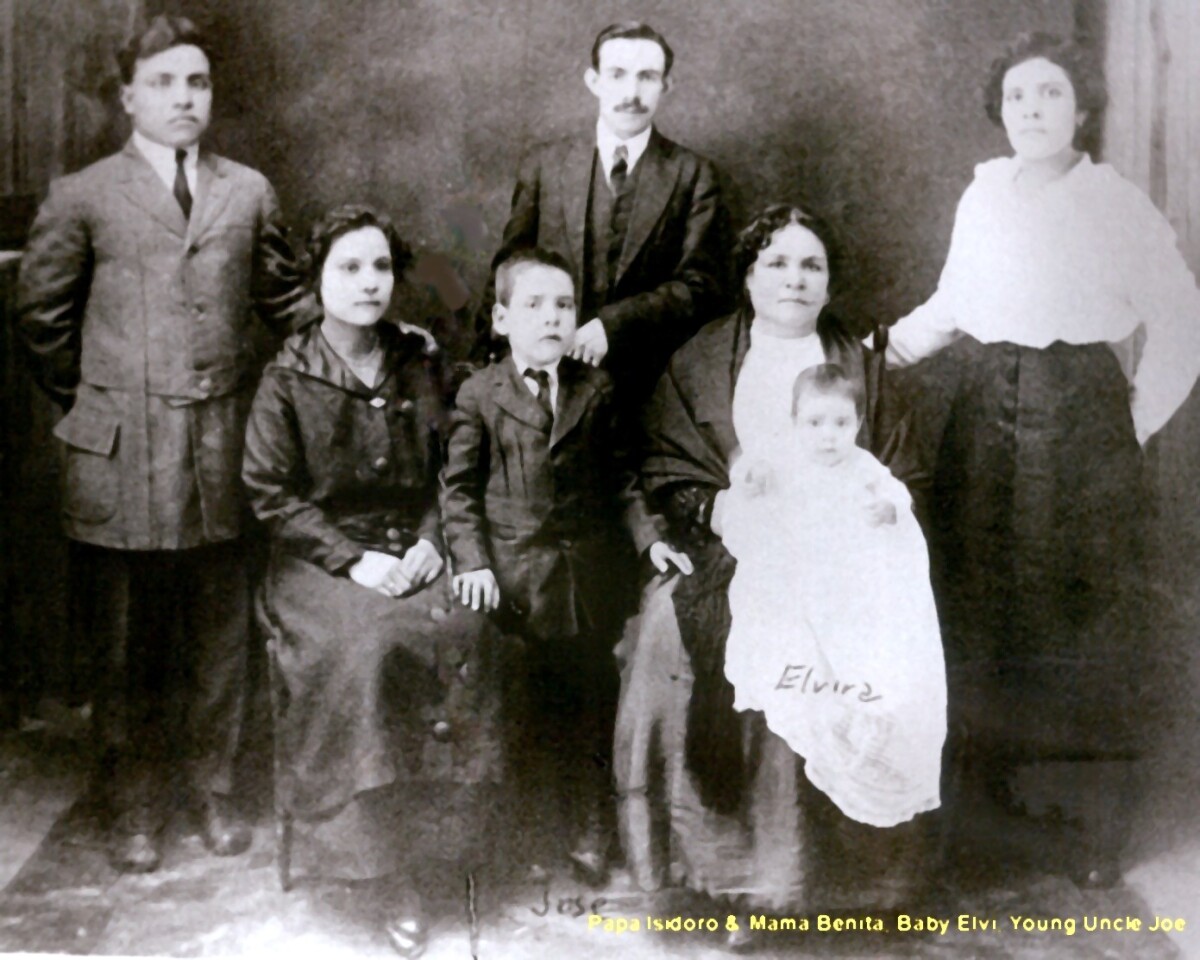
Historias: Stories of El Paso
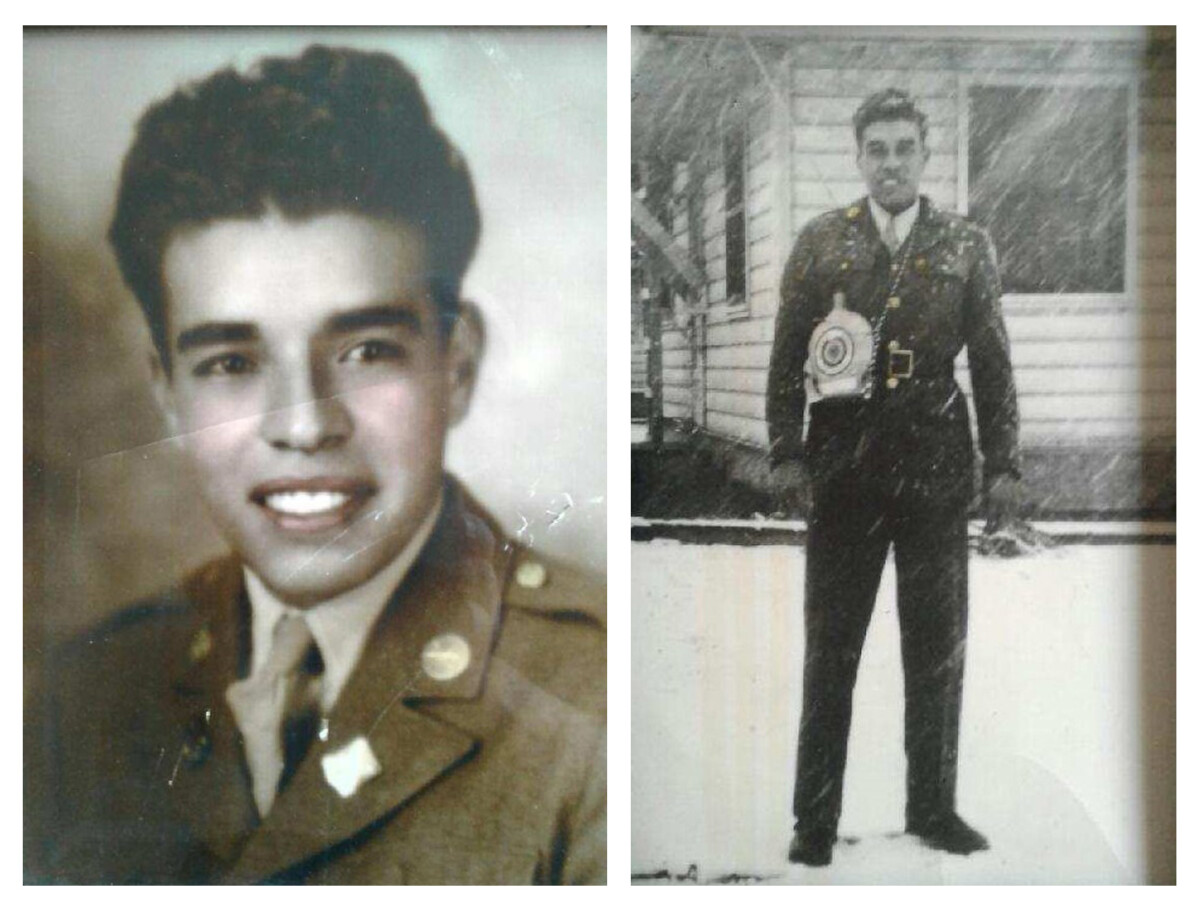
Historias: Stories of El Paso
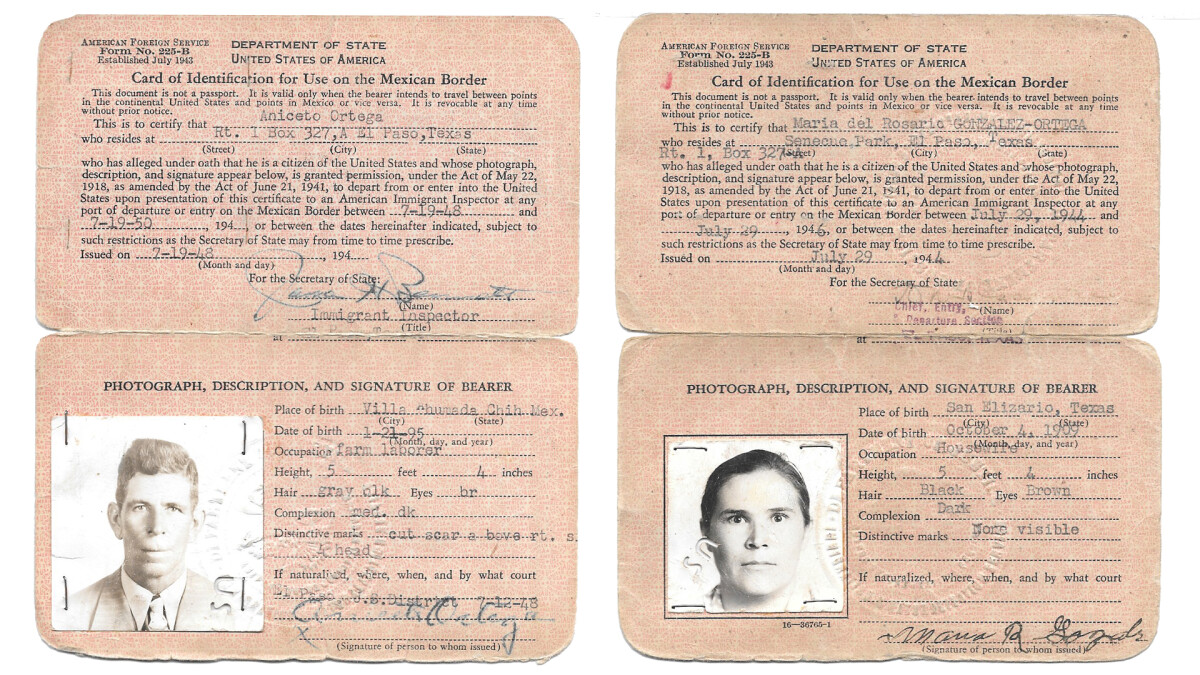
Historias: Stories of El Paso
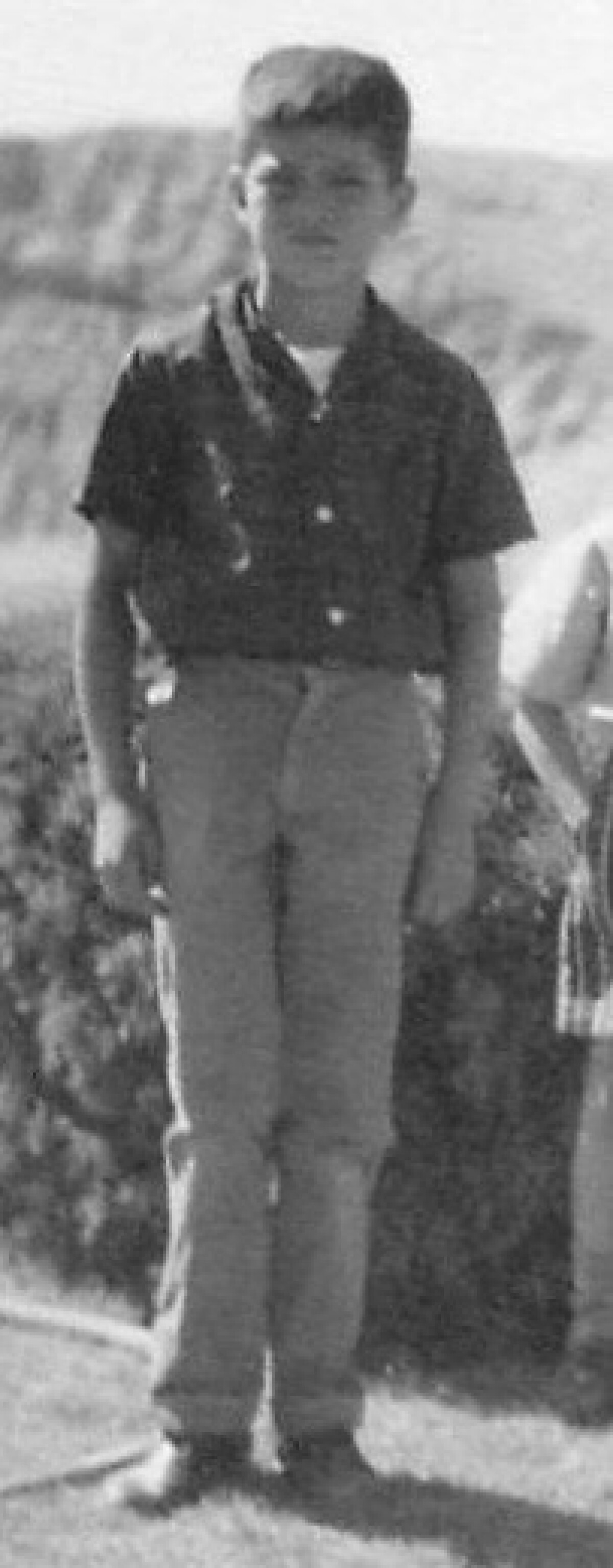
Historias: Stories of El Paso
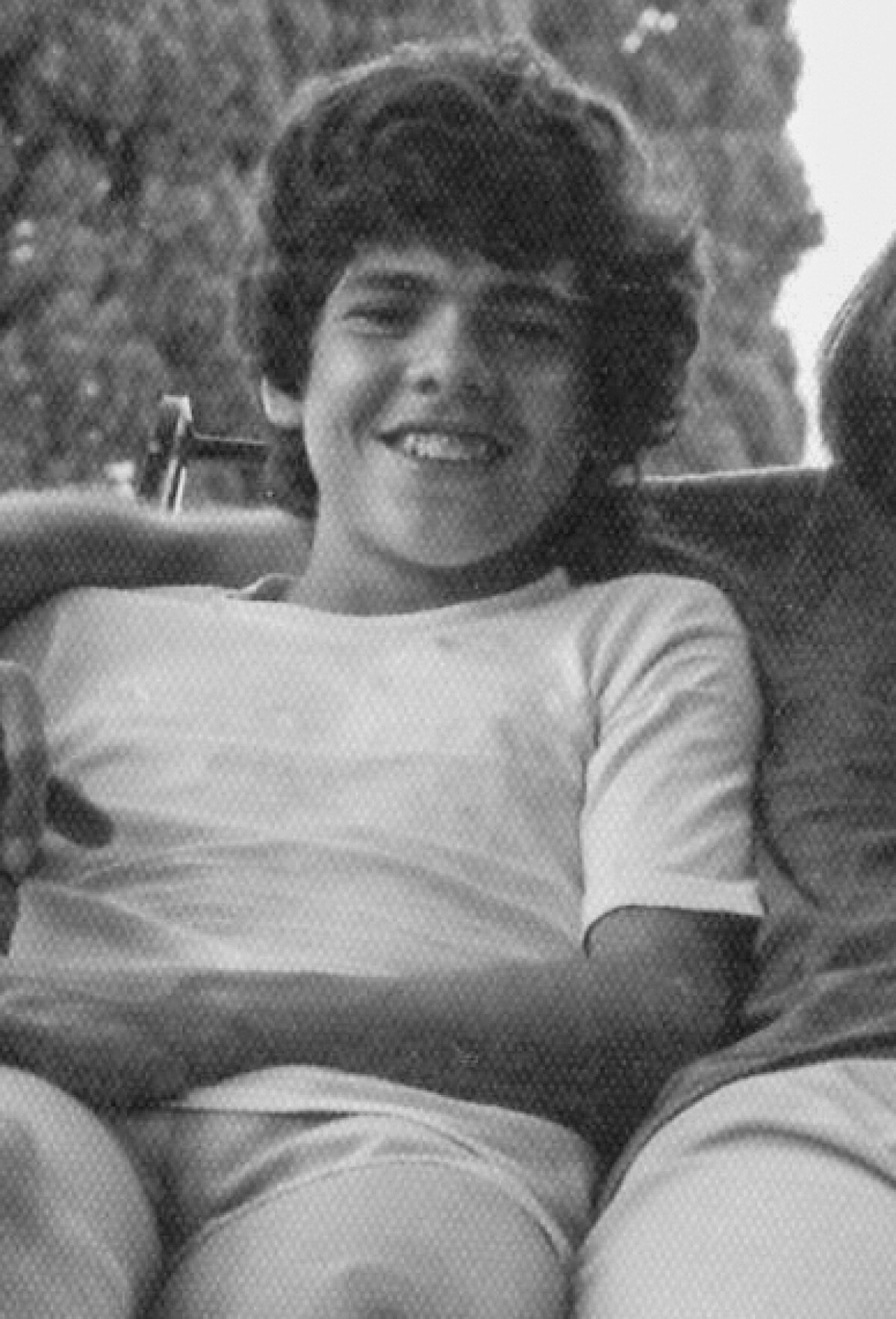
Historias: Stories of El Paso
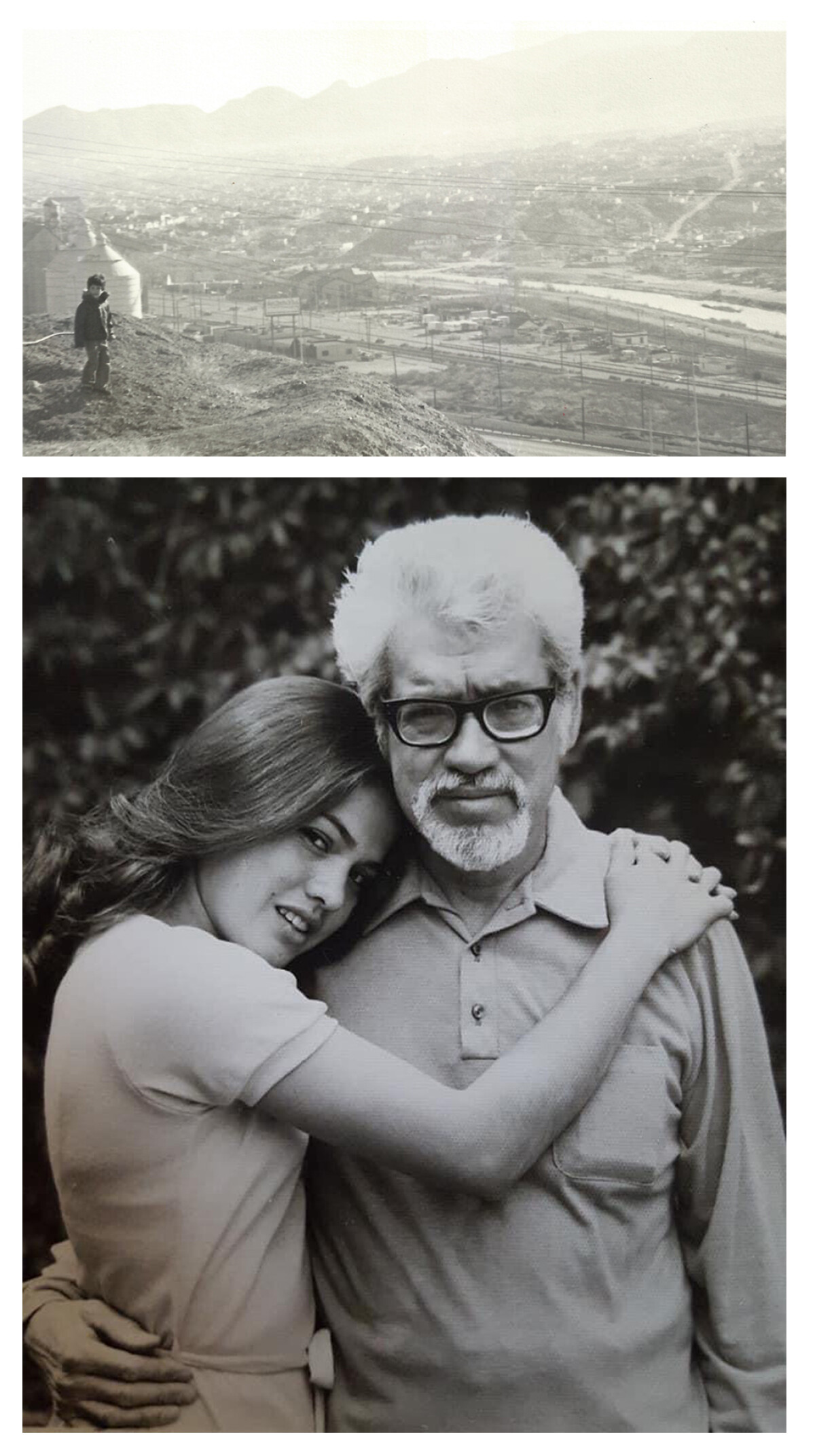
Historias: Stories of El Paso
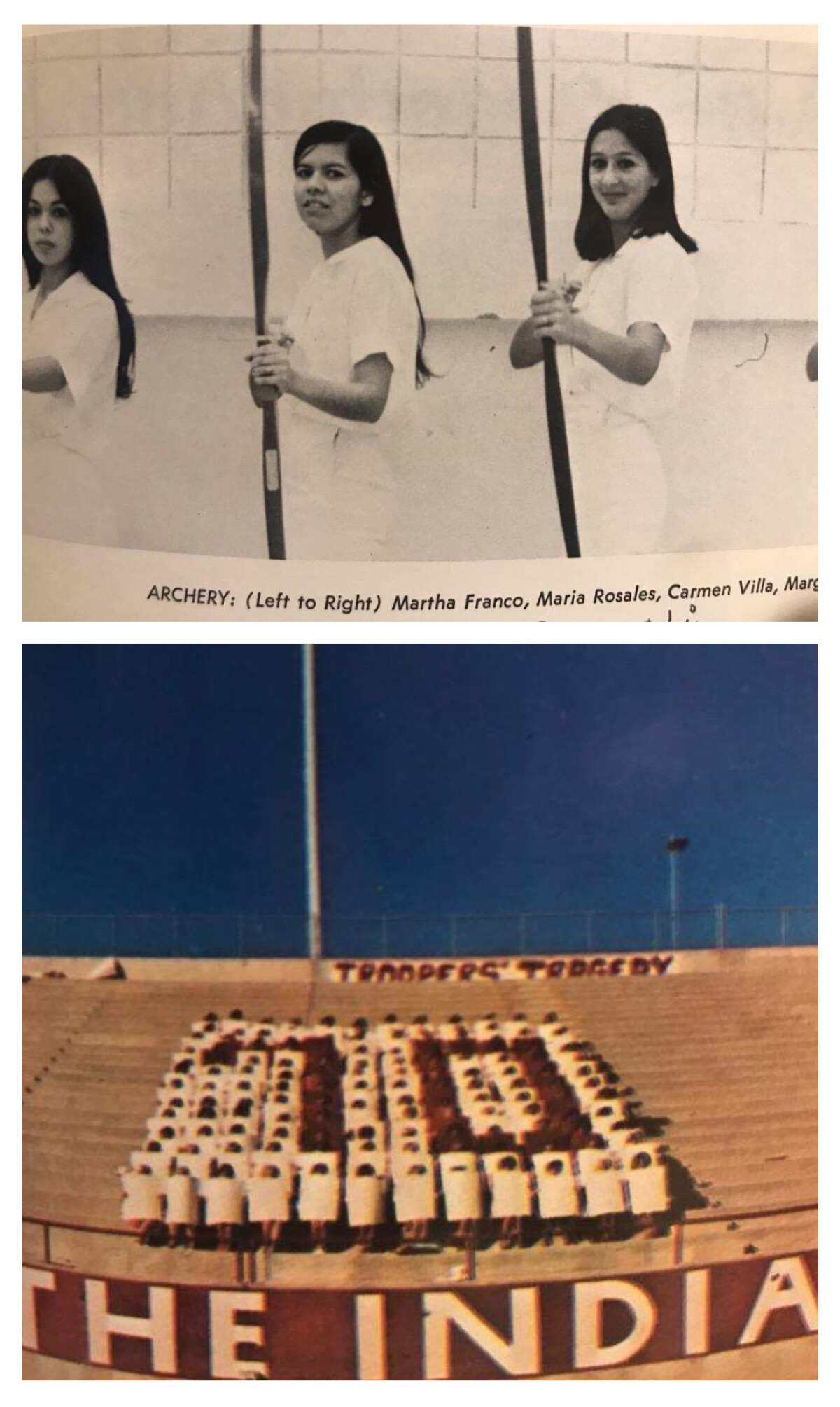
Historias: Stories of El Paso
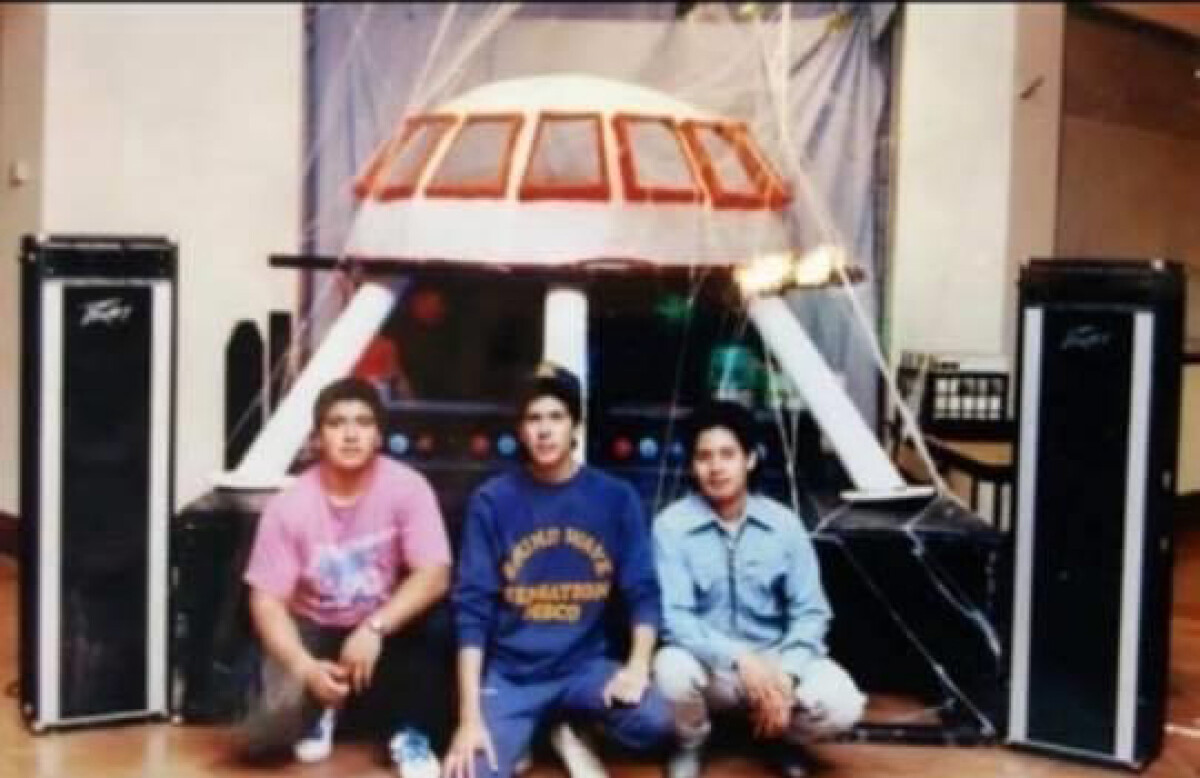
Historias: Stories of El Paso
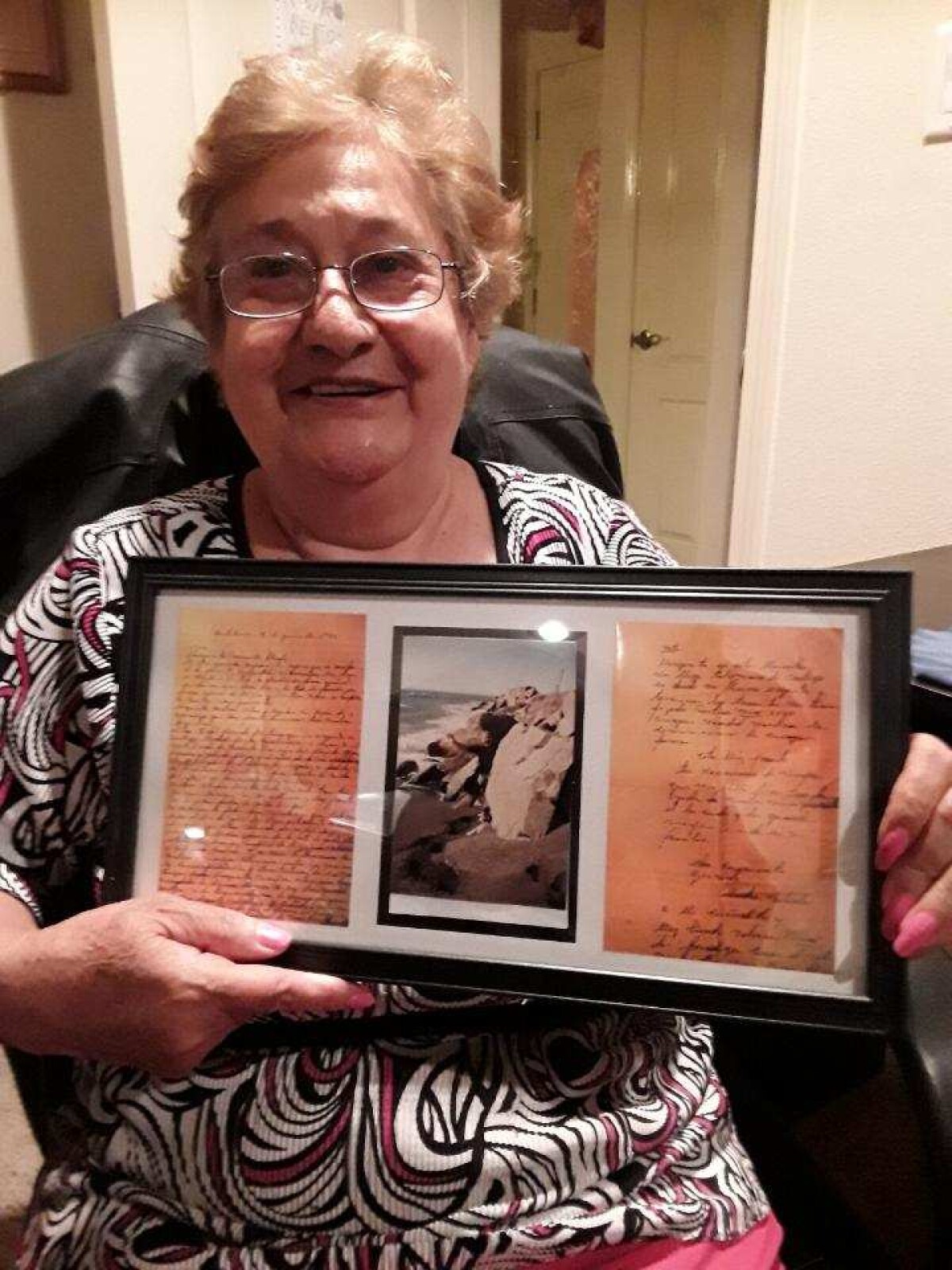
Historias: Stories of El Paso
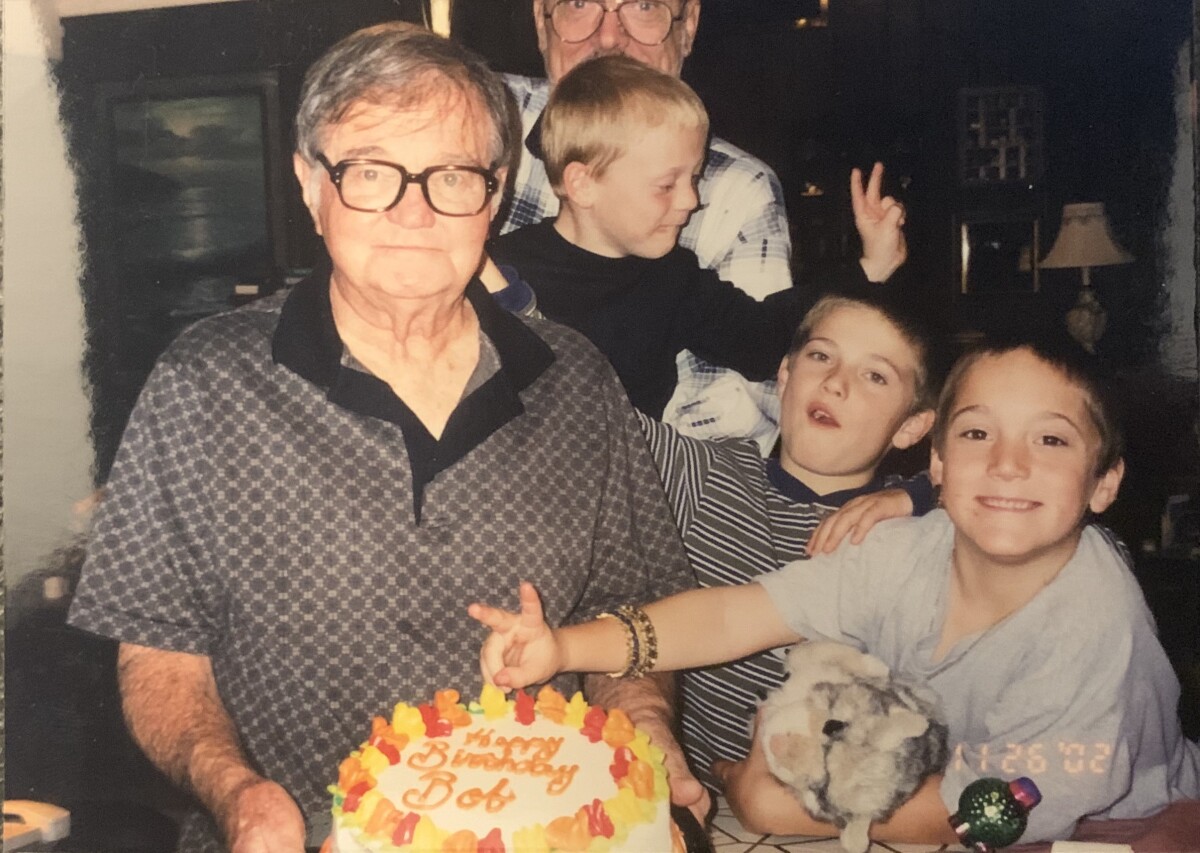
Historias: Stories of El Paso
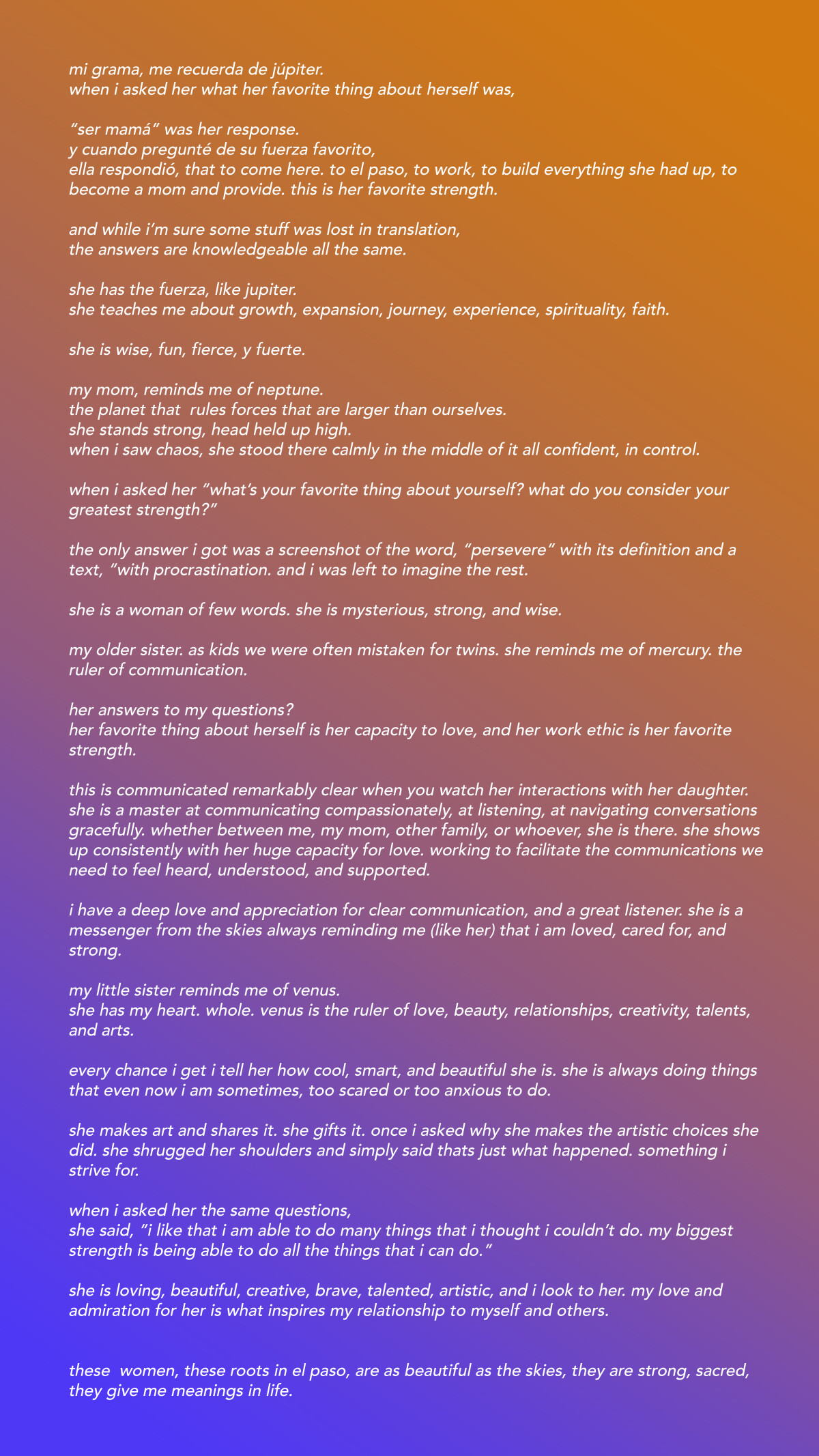
Historias: Stories of El Paso
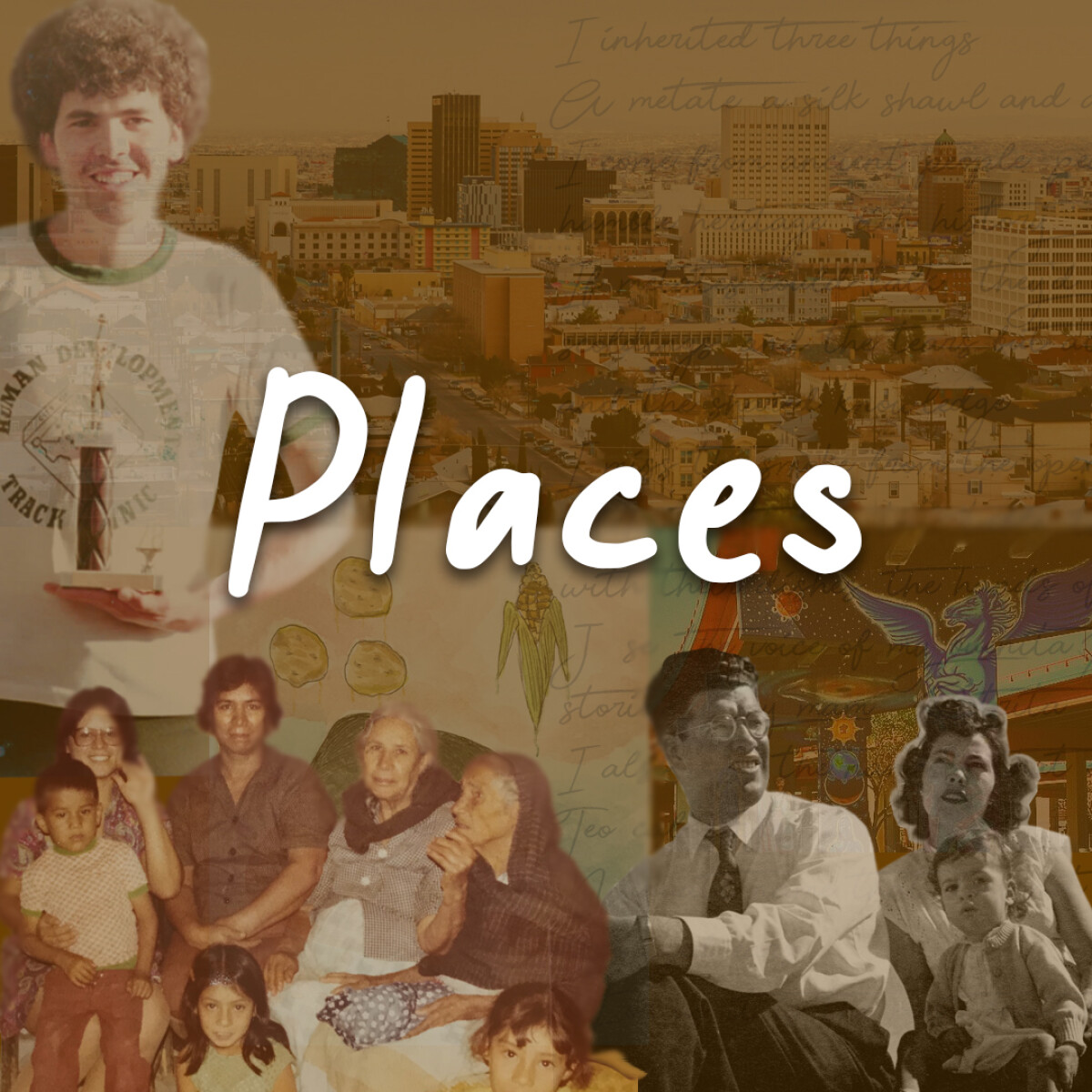
Historias: Stories of El Paso
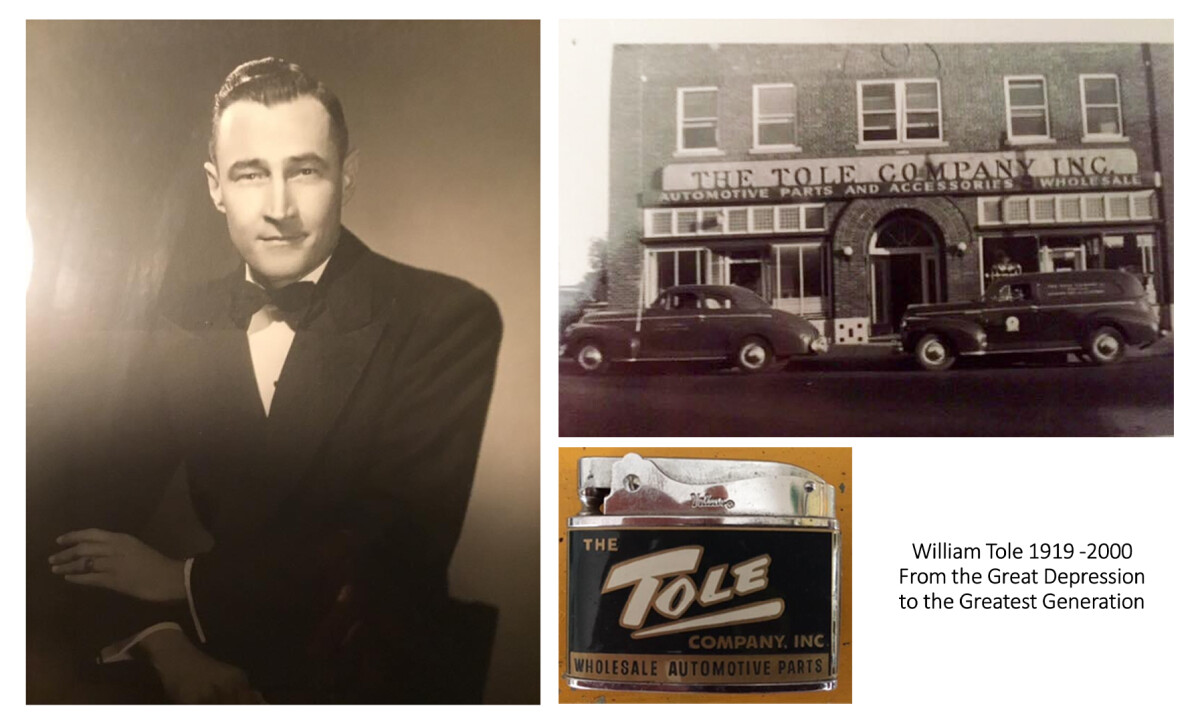
Historias: Stories of El Paso
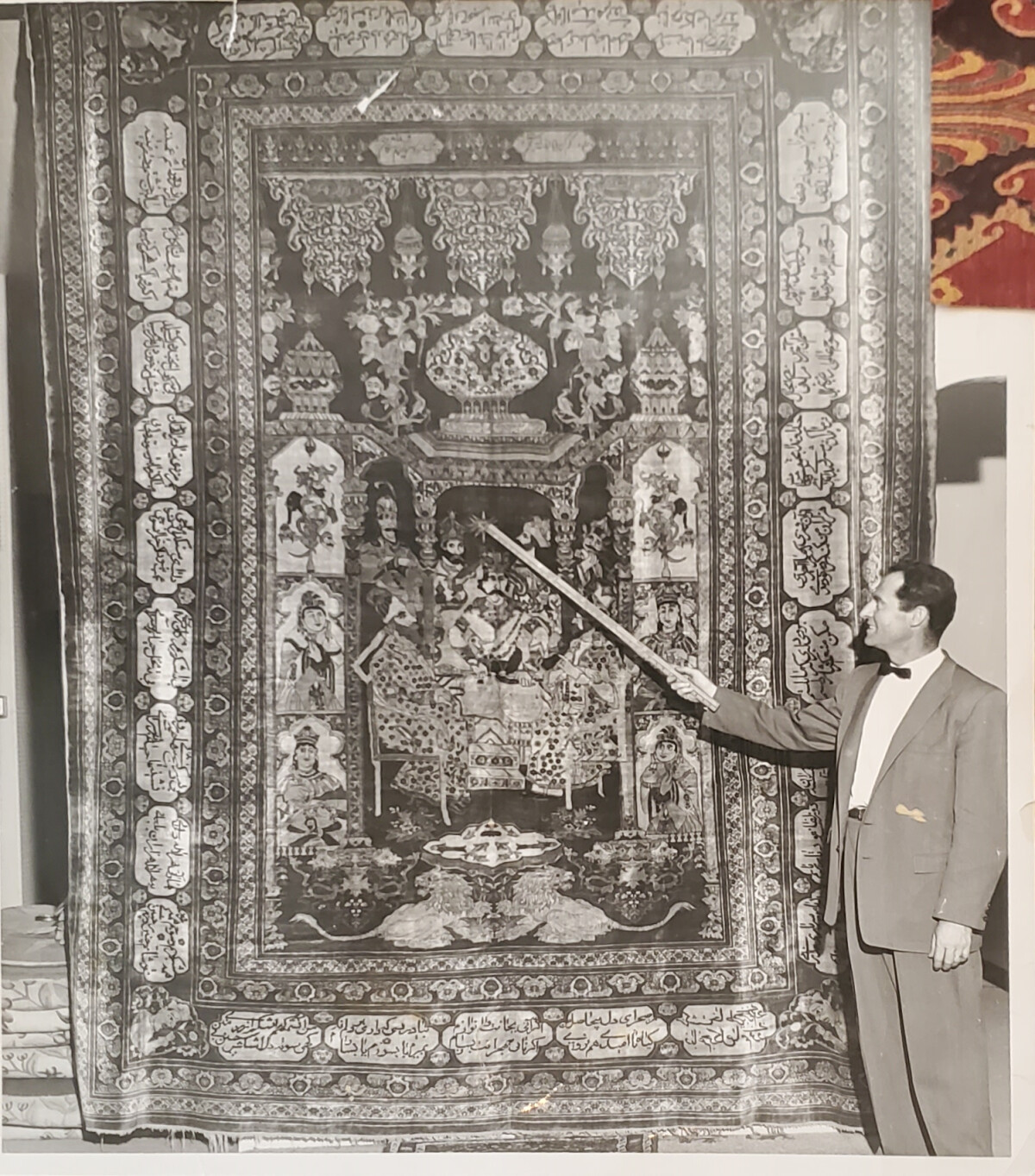
Historias: Stories of El Paso
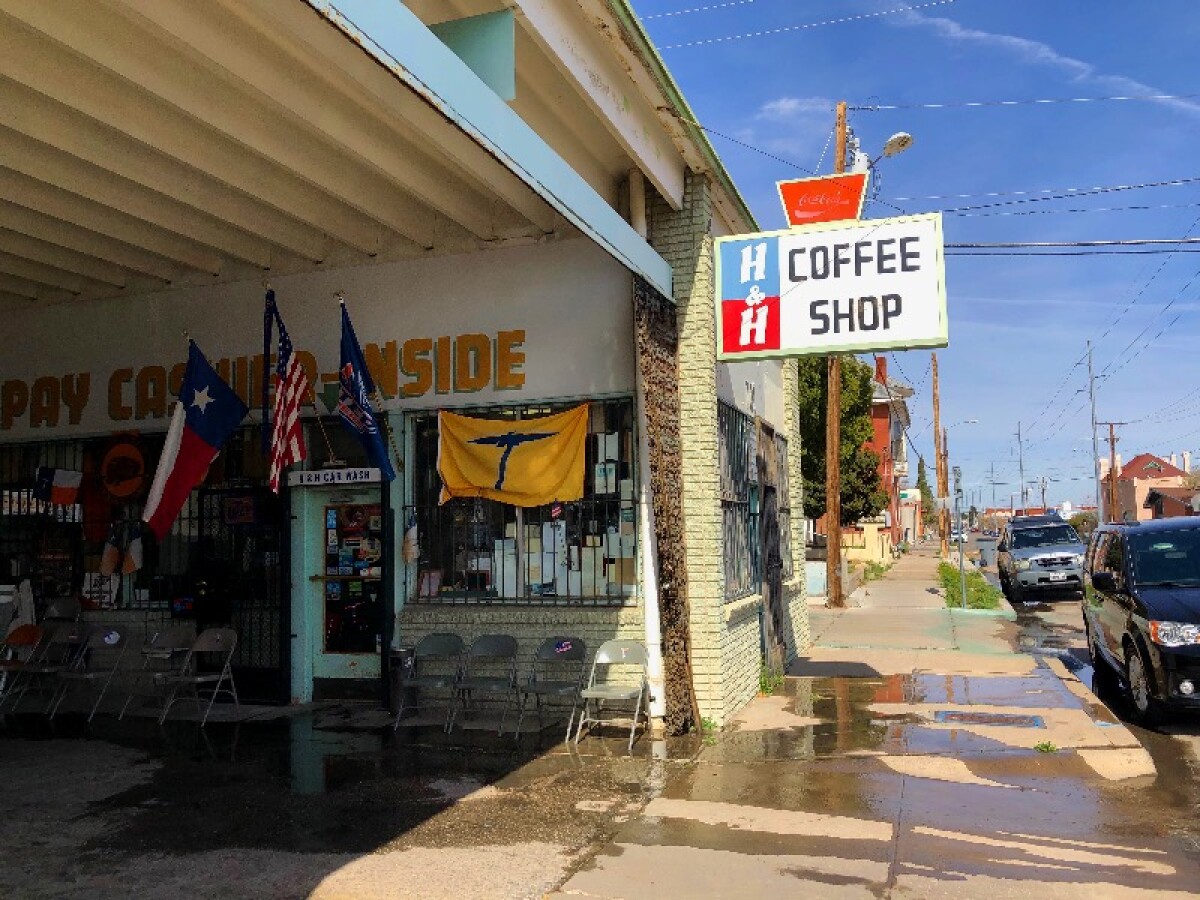
Historias: Stories of El Paso
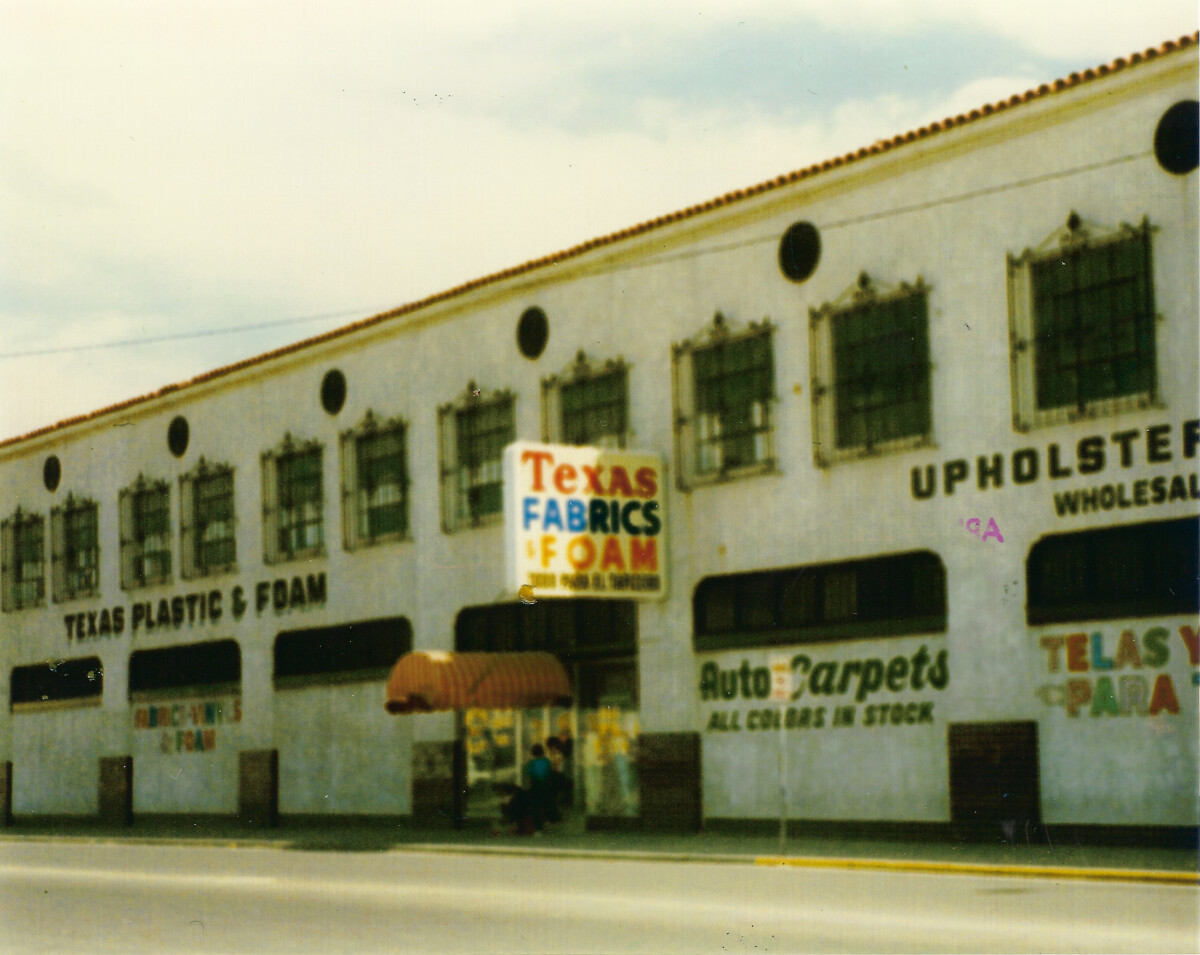
Historias: Stories of El Paso
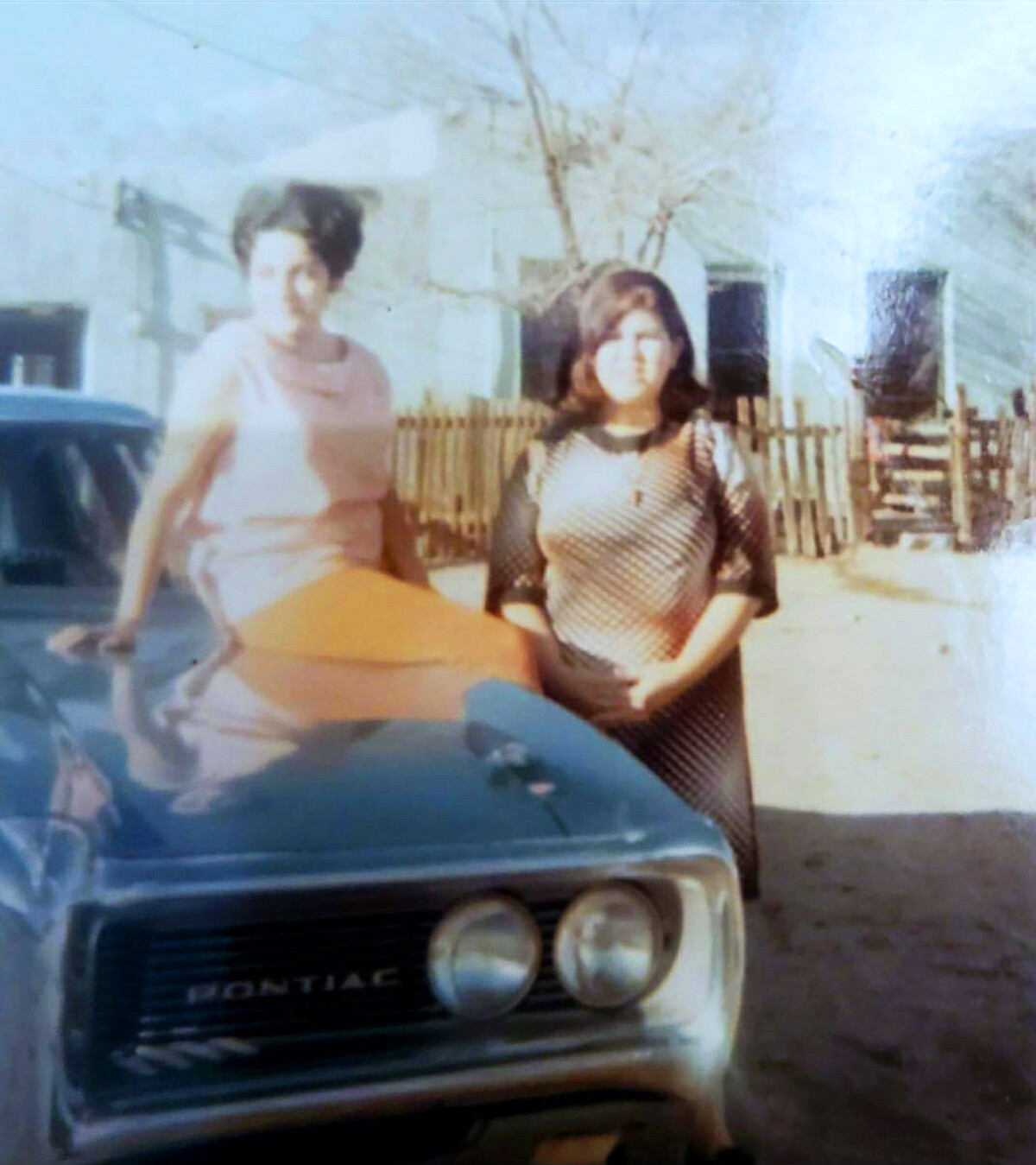
Historias: Stories of El Paso
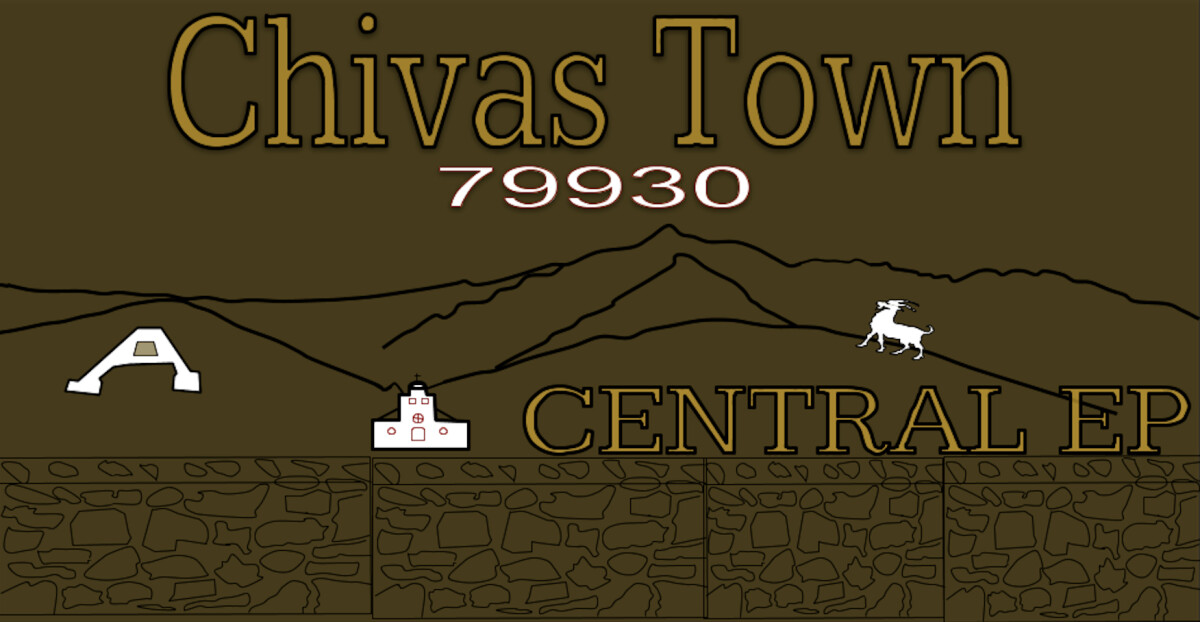
Historias: Stories of El Paso
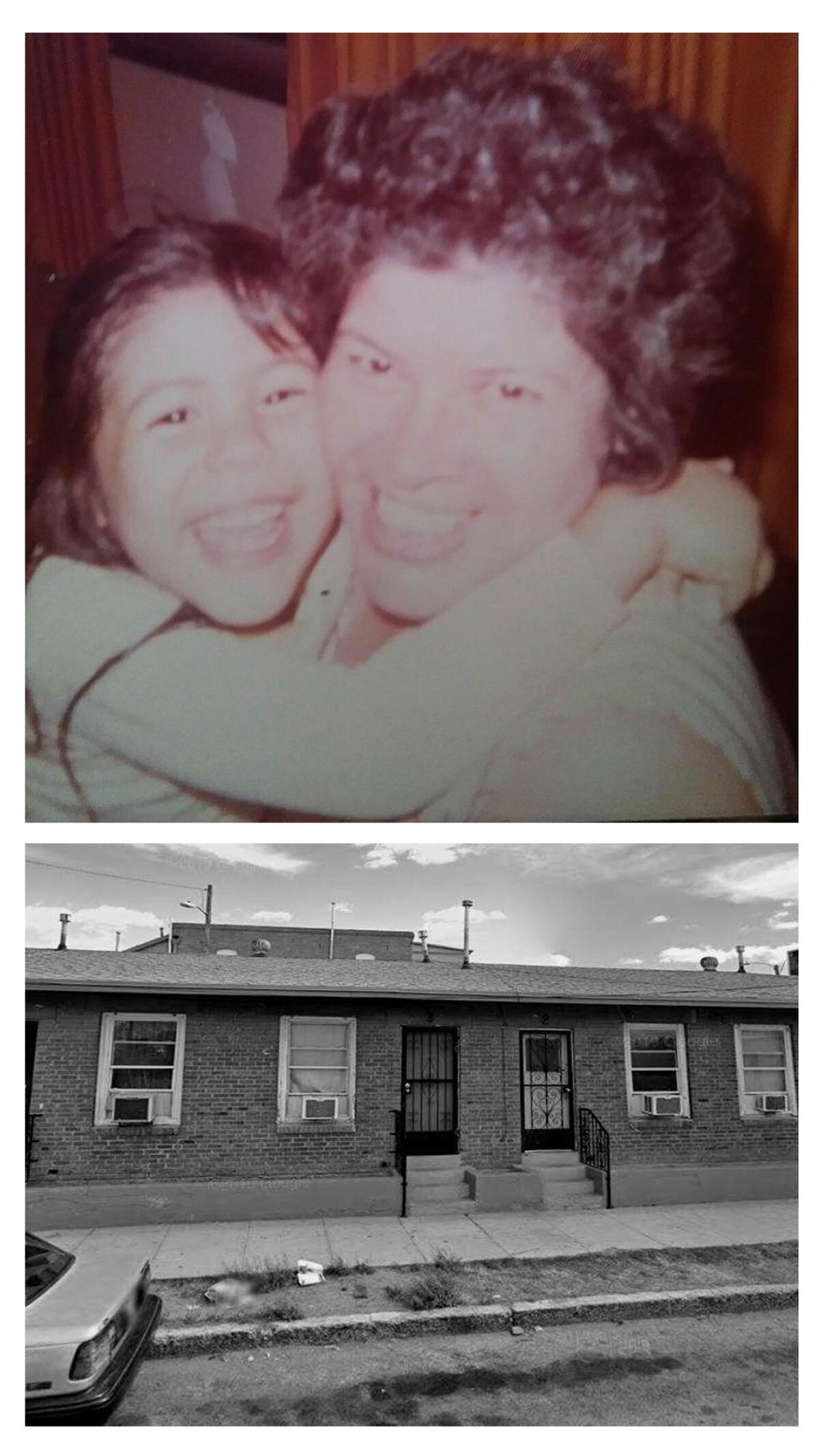
Historias: Stories of El Paso
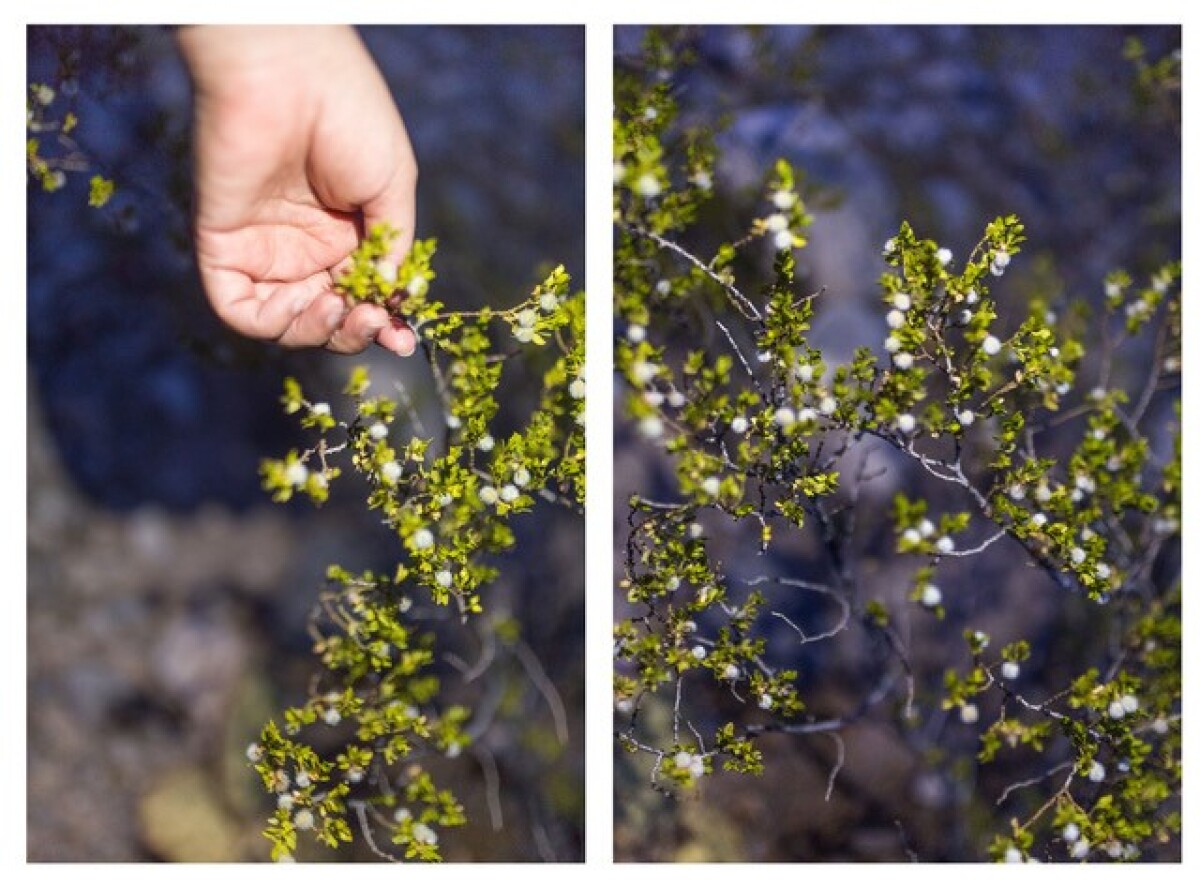
Historias: Stories of El Paso
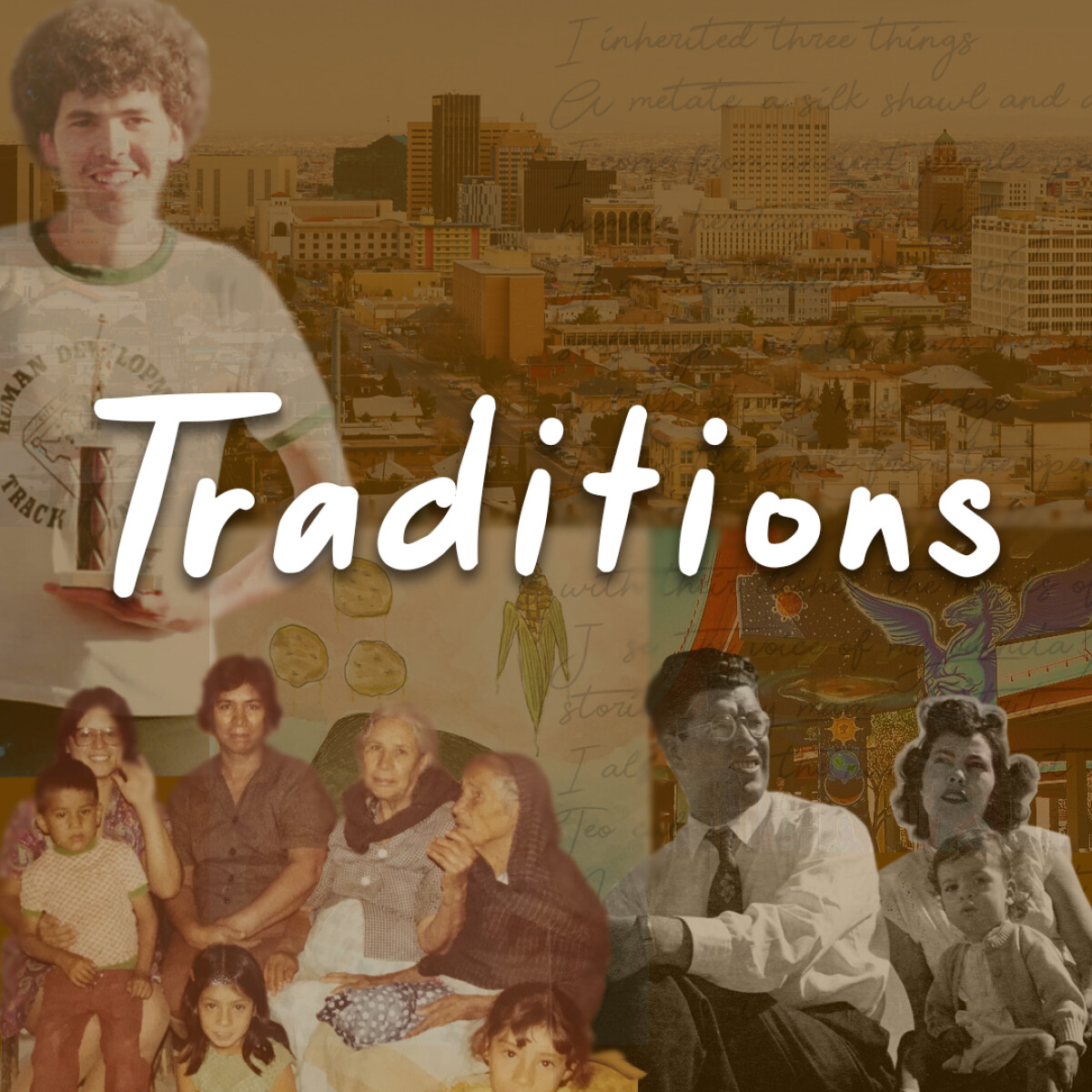
Historias: Stories of El Paso
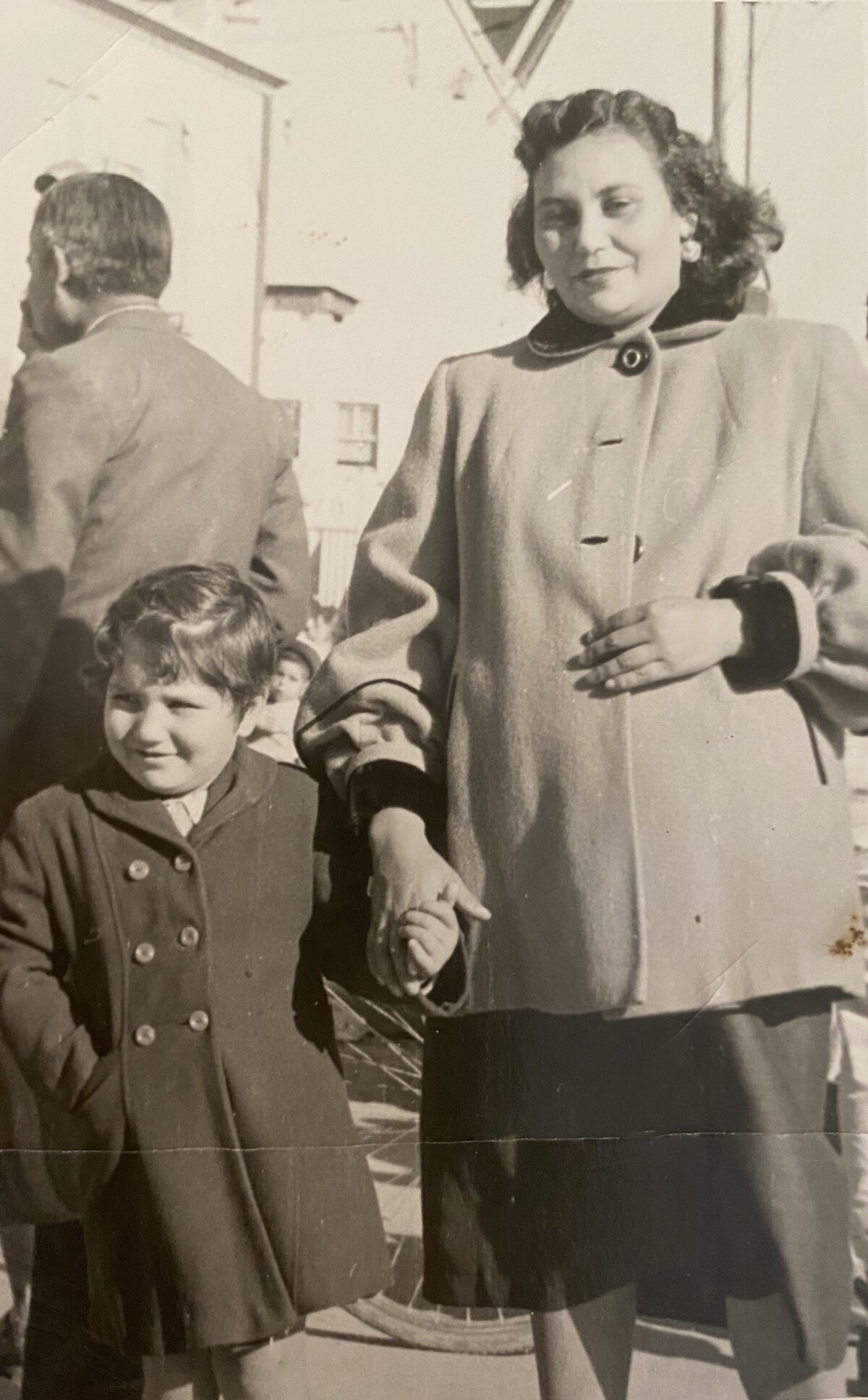
Historias: Stories of El Paso
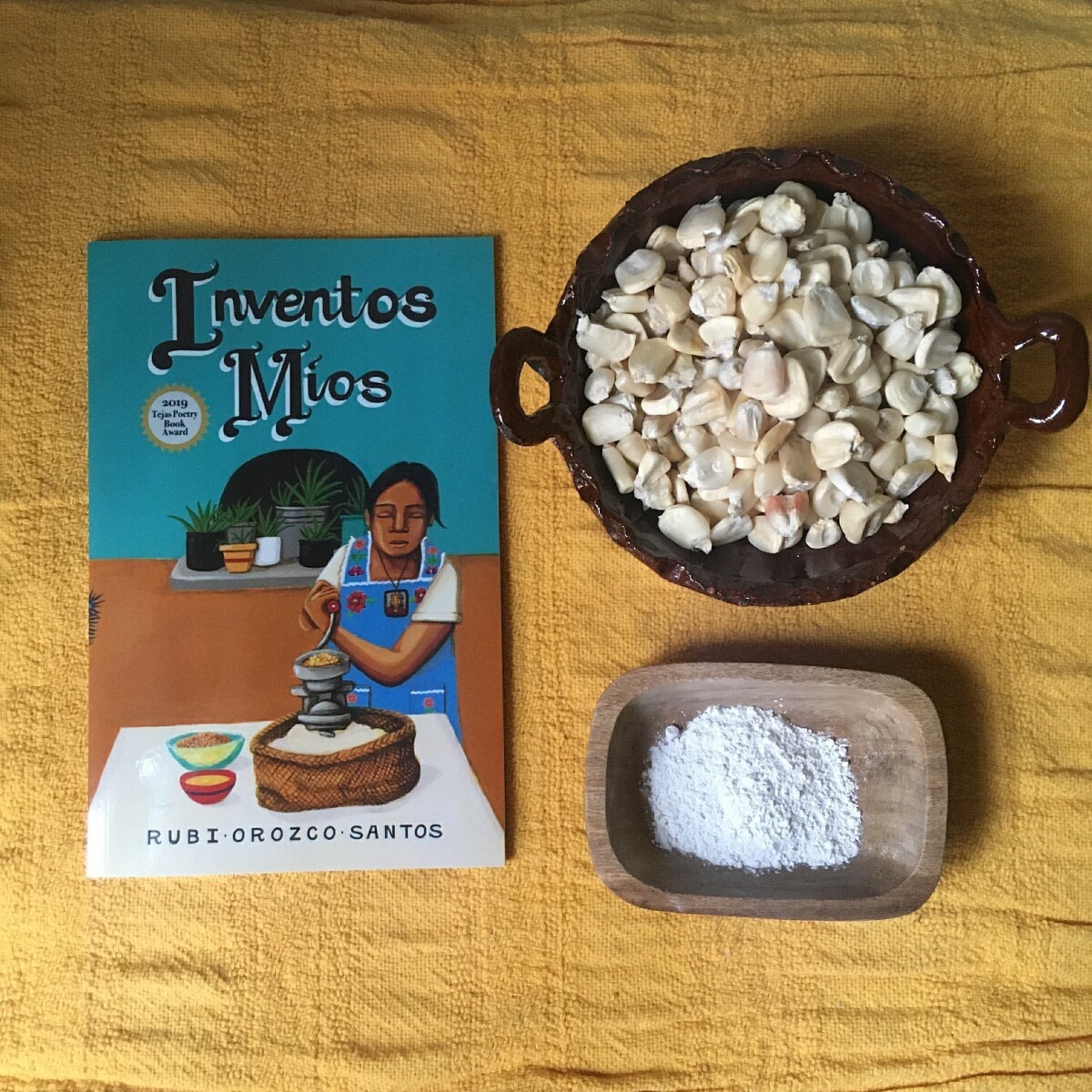
Historias: Stories of El Paso
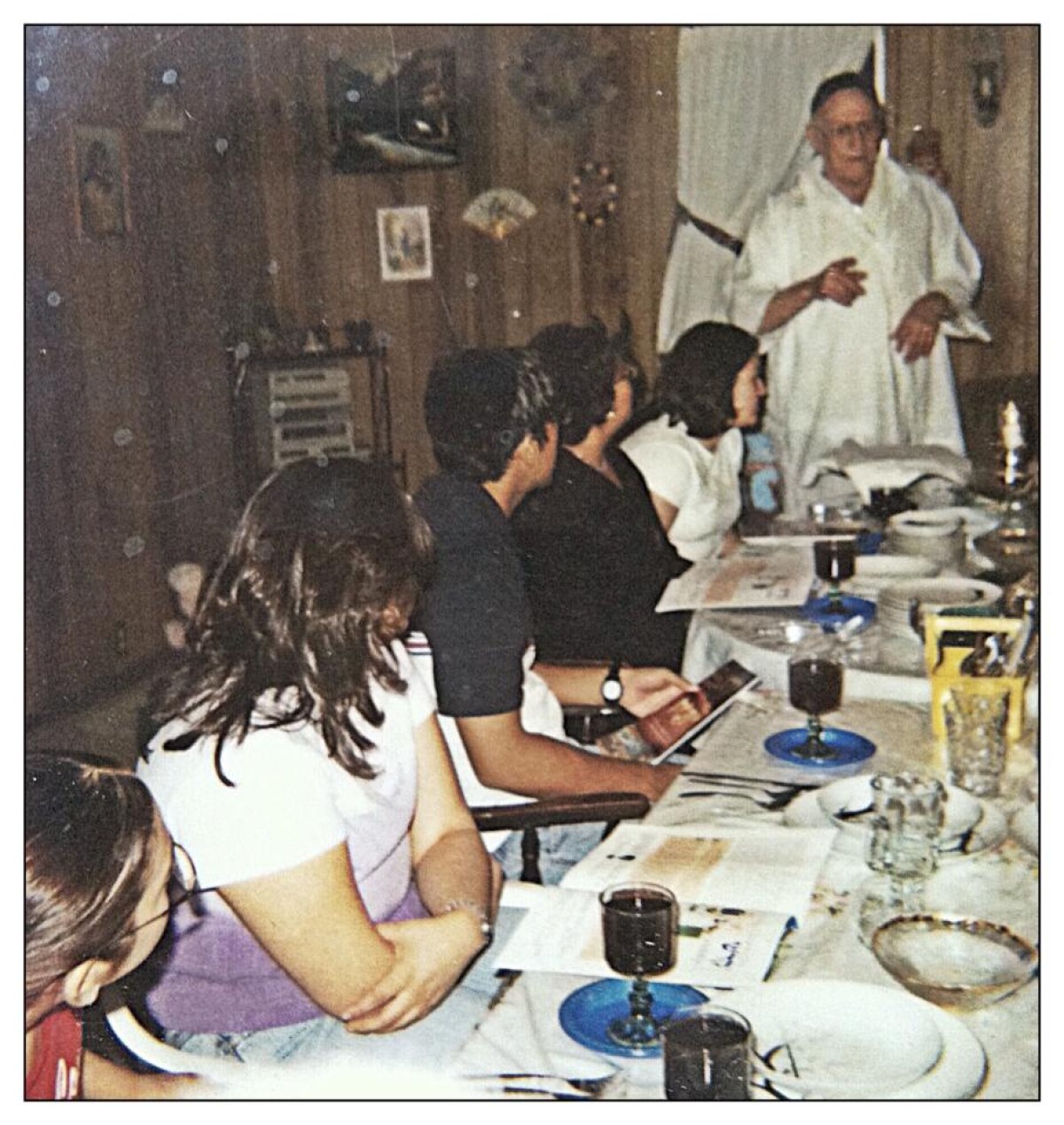
Historias: Stories of El Paso
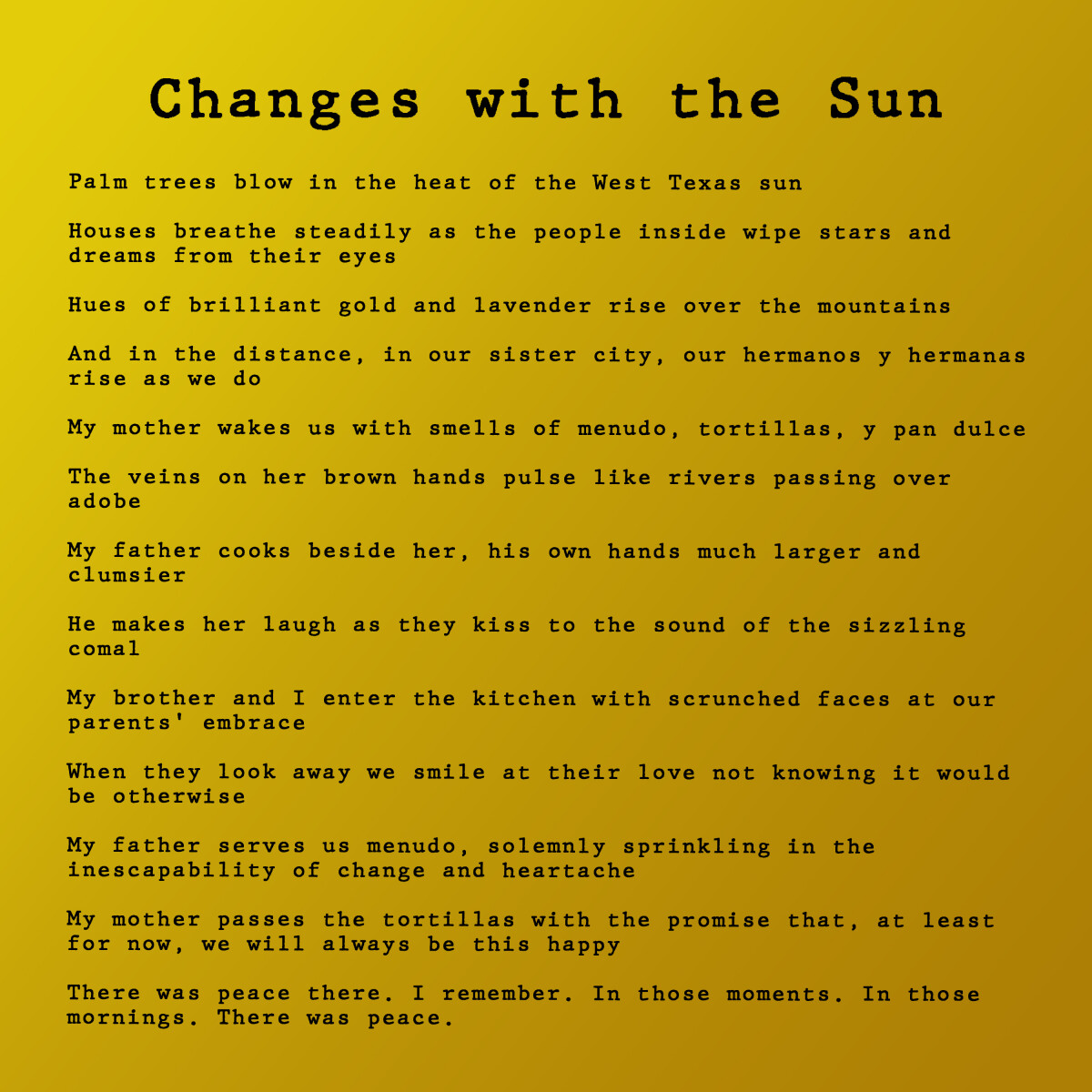
Historias: Stories of El Paso
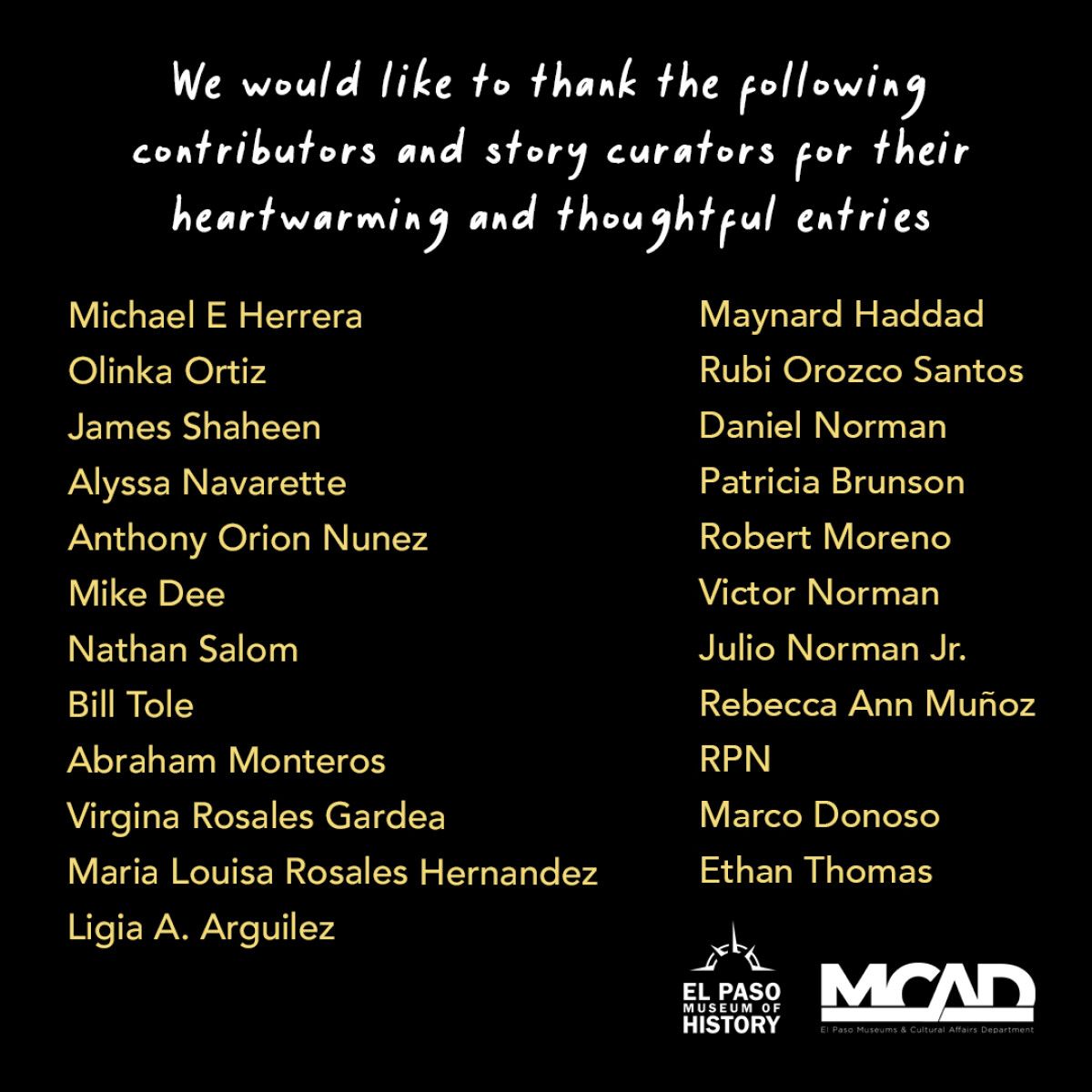
Historias: Stories of El Paso - Virtual Exhibition
Historias: Stories of El Paso A virtual exhibition curated by our community It is said that every person is a whole world. Often, when we think of history we think in terms of notable events and people made famous by those events. We do not think of the larger population and how they shaped and continue to shape those narratives. Our stories whether written or handed down by word of mouth are what enrich our larger history through nuance. Historias is about everyone. It is about the experiences that shape and connect us to one another. We share these stories from our community to highlight individual memories of life, traditions, people, and landscape. The collection of shared memories come in the shape of poetry, accounts, and photos. We left them as such to give each contributor the creative freedom to tell their story. Please scroll through each image to see the full length of the exhibition.
Area: Central / Downtown
Source: El Paso Museum of History
Uploaded by: El Paso Museum of History
Historias: Stories of El Paso - Virtual Exhibition
People It is said that every person is a whole world. Often, when we think of history we think in terms of notable events and people made famous by those events. We do not think of the larger population and how they shaped and continue to shape those narratives. Our stories whether written or handed down by word of mouth are what enrich our larger history through nuance. Historias is about everyone. It is about the experiences that shape and connect us to one another. We share these stories from our community to highlight individual memories of life, traditions, people, and landscape. The collection of shared memories come in the shape of poetry, accounts, and photos. We left them as such to give each contributor the creative freedom to tell their story. Please scroll through each image to see the full length of the exhibition.
Area: Central / Downtown
Source: El Paso Museum of History
Uploaded by: El Paso Museum of History
Historias: Stories of El Paso - Virtual Exhibition
Historias: Stories of El Paso A virtual exhibition curated by our community Courtesy of: Julio Norman Jr. Title: The Calvillo Family and The Pass to the North El Paso, Texas Historia Type: Photograph The United States has been a destination for refugees as it was for my mother’s family during the Mexican Revolution. They left a stable and prosperous lifestyle for an uncertain future in a new land. Benita, my maternal grandmother, had heard that Pancho Villa was enlisting older children and men into his revolutionary army. Her only son, Jose, was 12 and she did not want to lose him to a war. They came to El Paso and lived for a short while across Sacred Heart Church in the Baray Apartments until they bought a home in now historic Sunset Heights. It was rough at first, each taking jobs as clerks for Elias Brothers, working on the railroad, cleaning homes, and making shirts from home to make a living. The family has done well and the original home in Sunset remains in the family and is located at 641 Upson. Grandma Benita was the center of family life and her five children– my aunts and uncles, grew up to be a watch master for Lombardy, an ASARCO sheet metal worker, a jewelry saleswoman for John Silverman and the Popular, and an American Airlines inspector. The drive to succeed was ingrained in them. My aunts and uncles were great role models for this third generation American family. We learned the importance of family where many cherished childhood values and memories are made. Because of our heritage, parents Julio and Consuelo Norman, encouraged us to get our college degrees and raised a NASA engineer, a social worker, a successful business owner, an ironworker, a financial advisor, an international business entrepreneur, and a police commander. The world has always had refugees, even before the times of Christ, and always will as they seek safety, security, freedom, and a better life for themselves and their families. Our current immigration issue regarding refugees is an attest to that. The value of keeping families united is key to meeting those ideals.
Area: Central / Downtown
Source: Julio Norman Jr.
Uploaded by: El Paso Museum of History
Historias: Stories from El Paso - Virtual Exhibtion
Historias: Stories of El Paso A virtual exhibition curated by our community Courtesy of: Robert Moreno, Vietnam Veteran, son of Manuel Frausto Moreno, WWII Veteren & Company E Member Title: Untitled Historia Type: Photograph Mr. Moreno recounts stories from his father’s years of service he was told growing up, which ultimately inspired his action to join the service as well. “Manuel Frausto Moreno was born on October 13, 1917 and passed away October 18, 2001. He was born and raised on a ranch located off of Alameda in El Paso, TX. He had 8 brothers and sisters, he was the first to enlist in the family. He worked on the ranch to help put food on the table… then he heard about CC Camp and he went to go join, it’s like a training where they had to start around 1941 or 1942 … He was in Company E and you know, they were all Mexican-American and my dad was one of them…” Mr. Moreno recalls memories of his father’s travels from CC Camp in El Paso to Massachusetts (photo in the snow), from Libya, North Africa to the Battle of Rapido River in Italy. Manuel Frausto Moreno was one of 27 men that returned from the Company E tour during WWII.
Area: Central / Downtown
Source: Robert Moreno
Uploaded by: El Paso Museum of History
Historias: Stories of the El Paso - Virtual Exhibition
Historias: Stories of El Paso A virtual exhibition curated by our community Courtesy of: Olinka Ortiz Title: Grandparents History Historia Type: Photograph These photos are of my grandparents border crossing identification cards. They were used to allow them to cross between the United States and Mexico. These identification cards are used as a reminder of where my mothers’ family came from. It is a symbol of our heritage and culture.
Area: Central / Downtown
Source: Olinka Ortiz
Uploaded by: El Paso Museum of History
Historias: Stories of El Paso - Virtual Exhibition
Historias: Stories of El Paso A virtual exhibition curated by our community Courtesy of: Daniel Norman Title: The Paper Boy Historia type: Photograph My parents and my older brothers taught me the work ethic that guided me throughout my life. As a youngster about 10 years old I was asked to help my brothers deliver the paper to the neighbors who subscribed to the El Paso Times and the El Paso Herald-Post. In the winter I remember the quiet calmness of being the first to venture out into the snow to make our deliveries. I also remember listening on our transistor radios to the only radio station transmitting at that time of morning - KOMA out of Oklahoma City. We delivered the Times to the residents of Sunset, around El Paso High School as well as the area near the old Morehead Elementary School where the UTEP nursing school now stands. I remember thanking God for the apartment buildings I entered that gave me warm refuge from the bitter cold outside. After completing our route we had to hurry home to get ready to go to school. In the afternoons we delivered the Post in all the same neighborhoods. A few years later we picked up a route that included the downtown area. I delivered to the managers of Kress, Woolworth, and many small businesses including jewelers and clothing stores. After completing the route I would sell the “extras” in the plaza. I often competed with the other boys selling El Fronterizo as we shouted out the name of the newspaper we were selling. I remember standing in the heat of the summer as people walked past me going to and from but seemingly never stopping to buy my newspapers. It seemed like an eternity before I finally sold my last copy.
Area: Central / Downtown
Source: Daniel Norman
Uploaded by: El Paso Museum of History
Historias: Stories of El Paso - Virtual Exhibition
Historias: Stories of El Paso A virtual exhibition curated by our community Courtesy of: Victor Norman Title: Younger Years Growing Up “Sandlot Friends” Historia Type: Photograph When I was young (4-6 grade) I had friends similar to the Movie Sandlot. During football season after the Sunday Dallas Cowboy game on TV, we would meet at the El Paso High School football stadium to play tackle football. We were very good and sometimes played against neighborhood kids from Vilas and Mesita (local elementary schools) and whooped them. My teammates were Oscar Lopez, Mike Guzman, Hector Torres, etc. Life back then was not injury free; as I suffered a severe ankle sprain, Oscar hit his back on a fence and had to be carried home, and we would all just sit and rest after the game on the grass moaning. Nonetheless, we were always back in school on Monday morning. Christmas back then was fun with my Sandlot friends. Oscar Lopez would get new toys and I would get used toys. One year we both got “new” bikes. Oscar got a brand spanking new banana bike with chopper handlebars and mine was a used bike previously owned by the vejitos to get groceries. Oscar liked my bike so much, he would swap with me to go riding around the neighborhood for hours. We would switch back before getting home. My friend Mike Guzman was an explorer. He bought a 10 cent flashlight and persuaded me to go into the drainage pipes in the mountain from Schuster to Rim Road. We were young, adventurous, and verdant. We knew absolutely nothing about flash floods. When my sister Cecilia was old enough to attend 1st grade (I was 3rd grade), I would take her with us into the pipes. We would get home late as school would let out at 2:45 for 1-3 grade; we would arrive home at 5. Mom never really noticed the time and we are still alive, so “no” we did not drown from the flash floods. All my Sandlot friends hung out together until 8th grade; our next phase in life at El Paso High School we all separated ways. Daniel Williams is now in the symphony in Australia, Charles Patterson is well established doctor in the mid-west, and I became a mechanical engineer from UTEP. I worked at Texas Instrument for many years. But we all still reminisce the good ole days: our Sandlot years.
Area: Central / Downtown
Source: Victor Norman
Uploaded by: El Paso Museum of History
Historias: Stories of El Paso - Virtual Exhibition
Historias: Stories of El Paso A virtual exhibition curated by our community Courtesy of: Patricia Brunson Title: Jesus Norman Historia type: Photograph I took this picture around 1979 while hiking around the mountains near UTEP with my nephew, Jesus Rene, when I was about 17. We were overlooking the Rio Grande into Ciudad Juarez. He was visiting us with my brother and his family from Van Horn, TX. Jesus and I talked about the differences in the rocks, about what the trains might be carrying - where they might be going, looked for quick-moving lizards and watched the slow pace of the river flowing below. In that river, we saw The Crossers moving cautiously in the shallow water, sack in hand, heading to “our side” of the world. Like the lizards, they’d quickly vanish out of sight. I tried to tell Jesus what my mother always taught us, say a prayer for Esos pobrecitos, but he was too little as he shut his eyes closed, to do more than move his lips saying nothing as I prayed, “Cuidalos Señor y que encuentran trabajo”. My older brother had given me a Nikon camera. This particular day, Jesus and I went wandering for a photo adventure. This shot is weak in composition and quality, but I chose it because it sums up life here on this dusty border. Here, what seems bleak and impoverished is -- not that. What you might see as dirt, to us, is life! The border is that mystical place between here and there, where the winner of The Quality of Life Award – in my eyes, always ended in a tie. That side was fun, so how did we really have it better here? As a little girl in the ’60s, it was always a thrilling adventure when my dad would take me to that side as his companion, for whatever reasons; to visit his friends who owned gas stations, food stands for groceries, and cantinas for what my dad said were “refrescos”. As a young ‘Dancing Queen’ in the late ’70s, my friends and I would dance the night away “over there”, where life seemed so worldly, clubs so exotic. We’d order Brandy Alexanders, served to us on silver trays by older gentlemen with crisp white towels draped over their serving arm, wearing tuxedo jackets. They’d call us “mijita” like a watchful old uncle making sure no one got overserved or too friendly, yet gave us the freedom to shake our groove thing until we threw caution to the wind and drank a gallon of Juarez water. By day, we’d spend hours outdoors playing sports in the world’s perfect climate. Too hot? Not for us desert rats who ran over Scenic Drive at 3 p.m. in September and drank from the hoses of lush homes on Rim Road. Yet the best part of life was the gatherings with family: siblings, elders, and cousins. We’d have barbeques, baptisms, birthdays, weddings, and celebrations of service men coming home. Being with family was the best life had to offer. The elders would depart, kiss us on the forehead and say, “Dios los bendiga”. Love was everywhere.
Area: Central / Downtown
Source: Patricia Brunson
Uploaded by: El Paso Museum of History
Historias: Stories of El Paso - Virtual Exhibition
Historias: Stories of El Paso A virtual exhibition curated by our community Courtesy of: Maria Luisa Hernandez Rosales Title: Untitled Historia type: Photograph We arrived to El Paso, Texas in August, 1959. Even though my father was born in the United States, we lived in Cd. Juarez, Chih., Mexico. My mother was from a town near in Chihuahua called Los Azules. Our family (at the time) consisted of 4 girls and our parents. Three of us were born in Cd. Juarez, one was born in El Paso. Later we had additions to our family, my brother and then our youngest sister was born. When we arrived here in El Paso, I remember going to register at Cedar Grove Elementary School with my mother. Everyone spoke English and we didn’t but it was okay because there was someone that could translate for us. The first day of school was a bit scary for myself and my sisters because we did not speak any English. I don’t remember any of the children speaking Spanish and my teacher didn’t speak Spanish either. It was difficult and frustrating because I could not participate in anything that required reading or speaking. I remember I was very good at math. I could already multiply and divide and in the class, they were still adding and subtracting. Needless to say, I started making friends. We continued going to school and before too long we were all speaking English. Well all of us except my mother. She found it very hard to learn, maybe because she didn’t want to. My father had grown up speaking English so from time to time we would speak in English to him. I continued going to school and before too long I was already in high school. I attended Ysleta High School where I took archery and participated in sports . By this time my English was good, but I still spoke Spanish. At home my mother made sure we spoke only Spanish; although when my siblings and I spoke to each other we did it in English. Like all families we had our traditions that came from Mexico, and then we started adding our own traditions from the United States. We were very family oriented and always gathered usually on Sundays and every year on Christmas Eve at our mother’s aunt house. My grandparents had passed before any of us were born so it was at Tia Chole’s that we would get together at. We would open gifts at midnight and then went home and opened presents on Christmas day. Although we celebrated the Birth of Jesus at Christmas (El Niño Dios) we also knew Santa Clause and waited for his gifts. Going to Mass/church was also something we always went to. Growing up the church building wasn’t close to our house so there were times we went to Mass in Juarez.
Area: Central / Downtown
Source: Maria Luisa Hernandez Rosales
Uploaded by: El Paso Museum of History
Historias: Stores of El Paso - Virtual Exhibition
Historias: Stories of El Paso A virtual exhibition curated by our community Courtesy of: Mike Dee Title: Soundwave Sensation Historia Type: Photograph (Left: Marcial Torales, Middle: Mike Dee, Right: Eddie Vasquez DJ setup was in form of a spaceship. Picture took place in the local Lee Trevino Mall “1980 something”....) How does one become a disc jockey? When I was 13 years old it was about the time MTV and its popularity had a huge influence on music. I gathered my teenage friends David, Alex and Eddie and proclaimed that we would start a band. I had the perfect name for the band “Sound Wave”. I told everyone to gather their instruments and meet me in our clubhouse the following day. The following day we all met but no one showed up with their instruments. Turns out none of us had instruments, no one knew how to play instruments or sing. This would really affect our ability to become a famous band and create a music video that would propel us into rockstar status. We sat for a moment defeated and that is when Eddie told the group, “I have a bunch of records”. We will be Mobile DJ’s, yes this was our loophole to play other people’s music. I raided my parent’s record collection and joined Eddie and the guys so we could evaluate our record collection. It was a decent record collection, all we needed to do was join “Columbia House Records” several times. Columbia House Records the company with the slogan “12 records for one penny”. Then we realized we needed DJ equipment to play these records. I ran back to my parent’s house and told my parents that I was going to be a DJ and needed them to front me some money for equipment. My parents quickly agreed “A big NO WAY” this was not going to be financed by them because they did not have extra income to just hand out to a crazy 13-year-old that had just decided he was going to become the Sun City‘s newest DJ. My dad mentioned that if I wanted the money I would have to earn it “Get a job”, he said. That weekend he spoke with the president of the local Optimist Little League organization. At age 13, I was now the baseball ground’s keeper. That is fancy title for the kid that pulls weeds, waters the grass and picks up trash. Coolest part of this job I was allowed to put the white lines on the baseball field. One entire summer of sweating over a dusty baseball field at minimum wage was all deposited into our local credit union bank. Summer was over and I was ready to take over the music world with my friends. Eddie took his money and bought more records and I withdrew my money and went to the local equipment dealer named “Danny’s Music Box” to purchase the biggest baddest sound system ever. Turns out DJ equipment is very expensive and there was no way I could afford anything in that beautiful store. I took my money to the local flea market at Fox Plaza. I soon found that large sweaty guy in the dirty white T-shirt with a large blue tarp stretched out in front of a van that looked like the one described in every “Stranger Danger” video I had ever seen. On the blue tarp was a pair of speakers and amplifier that were dusty, scratched and right in my price range. 13 year-old me tried to negotiate and contain my excitement for my very first speakers and amplifier. The deal was made and so it began, 13 year-old me grew up along with my event company, received my degree in Radio-Television and Film from UT Austin and continue to proudly do “The Morning Show” with Patti Diaz on “Power 102” for the last 22 years.
Area: Central / Downtown
Source: Mike Dee
Uploaded by: El Paso Museum of History
Historias: Stories of El Paso - Virtual Exhibition
Historias: Stories of El Paso A virtual exhibition curated by our community Courtesy of: Marco Donoso Title: Untitled Historia type: Photograph The Donoso Family immigrated to El Paso From Chile. In the photo, Mrs. Donoso, mother of Marco Donoso, is holding the letter her father wrote to her stating that their family will be moving to El Paso.
Area: Central / Downtown
Source: Marco Donoso
Uploaded by: El Paso Museum of History
Historias: Stories of El Paso - Virtual Exhibition
Historias: Stories of El Paso A virtual exhibition curated by our community Courtesy of: Ethan Thomas Title: Untitled Historia type: Photograph My childhood with my grandfather was memorable and always filled with laughter and love. My grandpa, Robert Clinton Thomas, was a soldier in World War II. He stood and fought for our country out of the sheer love of his people. Even after WWII, he continued to fight in the Korean war. While in the Navy, he was stationed on the USS Bunker Hill which was struck by an enemy aircraft. The plane struck the part of the ship that my grandfather was supposed to be on, but he just so happened to be walking back from the opposite side of the carrier. Ultimately, my grandfather survived but we couldn’t help but laugh, as every time he told us why he was on the other side of the ship he always gave us a different answer. The stories ranged from getting VERY important paperwork, to getting coffee or just taking a bathroom break, we found it odd that we could never get a straight answer out of the man but we just enjoyed sitting with him and listening to his stories. We spent most of our childhood with my grandparents because while we were young, our parents worked 8-5 jobs. Although we were enrolled in daycare, our parents were usually a little late to pick us up so my grandparents would get us up at the designated time and we would wait for our parents while eating frozen dinners and watching TV with our grandma. When my grandpa passed away in 2010, it was my first real experience with death. I was 15 at the time and didn’t know exactly how to process all of it. I just knew that I would never be able to see my grandpa again, or hear his stories, or even hug him goodbye. He had spent the better part of the prior two years in hospice care, so we all expected it, but no one is ever ready for it. Even so, I still didn’t know how or what to think about the situation until one night. I had a dream that night. My entire family on my mom’s side were sitting around my grandmother in their living room, no one was saying a word but the air was thick and heavy with grief. We knew that we were there to console our grandma Julie, but none of us could find the words as we were just as distraught. Just then, Grandpa Bob walks out from around the corner leading to the bedroom, and stops in front of us. He addressed the room, “Don’t worry everyone, I will be alright, everything will be alright, I promise.” He then walked back into the hallways before everyone in the room began to cry and reach out to make sure my grandmother was alright. After that dream, for some reason, I knew that my grandpa was in a better place, and while I was still sad and mourning the loss, I was no longer worried about where he ended up. He gave us his word that he was alright and I will always believe him.
Area: Central / Downtown
Source: Ethan Thomas
Uploaded by: El Paso Museum of History
Historias: Stories of El Paso - Virtual Exhibition
Historias: Stories of El Paso A virtual exhibition curated by our community Courtesy of: Alyssa Navarette Title: Untitled Historias Type: Poem mi grama, me recuerda de júpiter. when i asked her what her favorite thing about herself was, “ser mamá” was her response. y cuando pregunté de su fuerza favorito, ella respondió, that to come here. to el paso, to work, to build everything she had up, to become a mom and provide. this is her favorite strength. and while i’m sure some stuff was lost in translation, the answers are knowledgeable all the same. she has the fuerza, like jupiter. she teaches me about growth, expansion, journey, experience, spirituality, faith. she is wise, fun, fierce, y fuerte. my mom, reminds me of neptune. the planet that rules forces that are larger than ourselves. she stands strong, head held up high. when i saw chaos, she stood there calmly in the middle of it all confident, in control. when i asked her “what’s your favorite thing about yourself? what do you consider your greatest strength?” the only answer i got was a screenshot of the word, “persevere” with its definition and a text, “with procrastination. and i was left to imagine the rest. she is a woman of few words. she is mysterious, strong, and wise. my older sister. as kids we were often mistaken for twins. she reminds me of mercury. the ruler of communication. her answers to my questions? her favorite thing about herself is her capacity to love, and her work ethic is her favorite strength. this is communicated remarkably clear when you watch her interactions with her daughter. she is a master at communicating compassionately, at listening, at navigating conversations gracefully. whether between me, my mom, other family, or whoever, she is there. she shows up consistently with her huge capacity for love. working to facilitate the communications we need to feel heard, understood, and supported. i have a deep love and appreciation for clear communication, and a great listener. she is a messenger from the skies always reminding me (like her) that i am loved, cared for, and strong. my little sister reminds me of venus. she has my heart. whole. venus is the ruler of love, beauty, relationships, creativity, talents, and arts. every chance i get i tell her how cool, smart, and beautiful she is. she is always doing things that even now i am sometimes, too scared or too anxious to do. she makes art and shares it. she gifts it. once i asked why she makes the artistic choices she did. she shrugged her shoulders and simply said thats just what happened. something i strive for. when i asked her the same questions, she said, “i like that i am able to do many things that i thought i couldn’t do. my biggest strength is being able to do all the things that i can do.” she is loving, beautiful, creative, brave, talented, artistic, and i look to her. my love and admiration for her is what inspires my relationship to myself and others. these women, these roots in el paso, are as beautiful as the skies, they are strong, sacred, they give me meanings in life.
Area: Central / Downtown
Source: Alyssa Navarette
Uploaded by: El Paso Museum of History
Historias: Stories of El Paso - Virtual Exhibition
Places It is said that every person is a whole world. Often, when we think of history we think in terms of notable events and people made famous by those events. We do not think of the larger population and how they shaped and continue to shape those narratives. Our stories whether written or handed down by word of mouth are what enrich our larger history through nuance. Historias is about everyone. It is about the experiences that shape and connect us to one another. We share these stories from our community to highlight individual memories of life, traditions, people, and landscape. The collection of shared memories come in the shape of poetry, accounts, and photos. We left them as such to give each contributor the creative freedom to tell their story. Please scroll through each image to see the full length of the exhibition.
Area: Central / Downtown
Source: El Paso Museum of History
Uploaded by: El Paso Museum of History
Historias: Stories of El Paso - Virtual Exhibition
Historias: Stories of El Paso A virtual exhibition curated by our community Courtesy of: Bill Tole Title: William Tole 1919 - 2000, From the Great Depression to the Greatest Generation Historia Type: Photograph They were called products of the Great Depression, my father would tell us he owned only one pair of pants he had to launder and press himself, so he could be dressed to attend Austin High School. Clarence Flanagan was born in a house in Sunset Heights, El Paso, TX. His Mom emigrated from Halifax, England and we’re pretty sure his Father was a Fort Bliss soldier. Later, through circumstances no living member of our family can be sure of, Clarence Flanagan became William Tole, in a household where he was sometimes contemptuously considered just another mouth to feed. Raised by his Aunt and Grandmother, he pushed onward through ROTC and the Panther band to become an Army Air Corps bombardier and wing commander. After the war, he founded the Tole Company, selling wholesale auto parts in 5 Points and on Dyer Street. He became the youngest Potentate of El Maida Shrine, hung out with a who’s who of El Paso movers and shakers and was an honorary Deputy Sheriff of El Paso and Otero Counties, but his crowning achievement was providing the sort of family stability denied to him in his youth. His optimism in adversity and the currency of his character remain his legacy
Area: Central / Downtown
Source: Bill Tole
Uploaded by: El Paso Museum of History
Historias: Stories of El Paso - Virtual Exhibition
Historias: Stories of El Paso A virtual exhibition curated by our community Courtesy of: James Shaheen Title: Shaheen’s Company History Historias Type: Photograph Imported Rug Company was established by Jamil Shaheen in 1930 in Midland, Texas. After a while, he decided to move his store to El Paso, Texas and he called his brother, Saad Shaheen (pictured above displaying a rug), from Syria to help him with this new store in El Paso. The business was incorporated to Shaheen’s Imported Rug Company Inc. in 1979. Today, the company is known as Shaheen’s Carpets and Oriental Rugs. Shaheen’s Carpets and Oriental Rugs is a dealer of oriental handmade rugs and machine-made rugs and carpeting. Shaheen’s Carpets and Oriental Rugs was among the first progressive El Paso business firms, serving El Paso and surrounding areas in the USA and Mexico. In the 1950’s, Saad Shaheen moved the store to Montana Avenue. Now, by 1971 Saad’s son, James Shaheen, started to help his dad with the business while also preparing to some day take over this family business. In 1975, the first commercial for Shaheen’s Carpets and Oriental Rugs was aired. This commercial would feature the company’s timeless jingle and logo on it. The logo, which remains as the company logo to this day, depicts a young James Shaheen flying on magic carpet. Once the commercial would near the end, it would be followed by a jingle that was made famous by Shaheen’s Carpets and Oriental Rugs which is, “A home without a rug, is like a kiss without a hug.” Throughout its early years the store changed locations many times until finally, in 1978, Shaheen’s Carpets and Oriental Rugs settled at its most recognized and famous store in El Paso which is located on 415 Montana Avenue. Shaheen’s Carpets and Oriental Rugs stayed at this store for about 30 years and was at its prime during these years. Throughout these years is when the company grossed around 2 million in sales for their rugs and carpets. Shaheen’s Carpets and Oriental Rugs had a lasting impact on El Paso and its community through its many sales and memories made. Even today, you could walk into many peoples houses in El Paso and there is a good chance they will have a rug from Shaheen’s Carpets and Oriental Rugs.
Area: Central / Downtown
Source: James Shaheen
Uploaded by: El Paso Museum of History
Historias: Stories of El Paso - Virtual Exhibition
Historias: Stories of El Paso A virtual exhibition curated by our community Courtesy of: Maynard Haddad Title: Untitled Historia type: Photograph & Transcribed oral history “My Dad came from Syria. He was probably 14 years old. He was an orphan. He had two younger brothers. He had an Uncle in El Paso. So he got a boat from Syria to Veracruz, Mexico and a train to Mexico City and to Juarez. All the controversy that’s happening over there [Syria], they left that to get freedom. They left that, came to Juarez. He was a peddler- sold door to door in Juarez and when he got his passport came here [El Paso]. Him and my uncle opened a furniture store. They were partners for 25 years. So Then my brother and I didn’t want to be in the furniture business so he sold to my uncle and then we opened the car wash in 1958 and have been operating ever since- 62 years.” - Maynard Haddad
Area: Central / Downtown
Source: Maynard Haddad
Uploaded by: El Paso Museum of History
Historias: Stories of El Paso - Virtual Exhibition
Historias: Stories of El Paso A virtual exhibition curated by our community Courtesy of: Nathan Salom Title: Texas Fabrics & Foam Historia Type: Photograph Texas Fabrics & Foam, an El Paso staple since 1974, has been a dedicated part of the community since first opening its doors to the public nearly a half century ago. The business has remained family owned-and-operated since its inception, and it has served both the wholesale and retail markets of the upholstery trade for three generations. Established by George, Tony, Martha, and Mike; four siblings of the Salom family, who made their way to El Paso from Mexico in the 1940s after the family emigrated there from Jwaikhat (a small village in Syria). From humble beginnings to becoming a mainstay of the city as a base for all creative needs for home, automotive and commercial upholstery projects, Texas Fabrics has remained committed to representing and supporting our incredible border city by always “going the extra yard.” And, while the future remains uncertain, the family hopes to remain an essential thread in the incredible tapestry that makes up El Paso. The business, located at 1500 Texas Ave just over the Cotton St. bridge, will continue to serve the community with any and all upholstery needs as it has for almost 50 years. The family hopes to be able to continue to do so for at least another five decades and three more generations, as new members of the Salom family grow up and look to make their mark in continuing the legacy here in our vibrant, beautiful, one-of-a-kind desert city.
Area: Central / Downtown
Source: Nathan Salom
Uploaded by: El Paso Museum of History
Historias: Stores of El Paso - Virtual Exhibition
Historias: Stories of El Paso A virtual exhibition curated by our community Courtesy of: Michael E. Herrera (EPISD Teacher of the Year) Title: "Esperando en La Esmelda" Historia Type: Photograph Smeltertown, April 1968. Elvira Sida-Herrera with sister-in-law Yolanda. Waiting for postman letter from Nayo Herrera who just lived through Tet Offensive in Vietnam. The car is a 1968 Pontiac LeMans.
Area: Central / Downtown
Source: Michael E Herrera (EPISD Teacher of the Year)
Uploaded by: El Paso Museum of History
Historias: Stories of El Paso - Virtual Exhibition
Historias: Stories of El Paso A virtual exhibition curated by our community Courtesy Of: Abraham Monteros Title: Chivas Town Type: Digital Design Chivas Town is a blue collar Mexican-American community in the heart of Central El Paso. Chivas Town is located right off the Eastern slopes of the Franklin Mountains. The Franklins make up its West border, Nashville Avenue the South, Fort Boulevard the North, and Highway 54 its Eastern Border. Chivas Town is in the 79930 area code. Municipally it is located in District 2. Chivas Town means “Goat Town” in English. Many people say it was a derogatory way to refer to the poor Mexican part of unincorporated North Central next to prosperous Manhattan Heights around the early 1900s. Chivas Town may have very well received its name sake as a result of the many Mexican-American families that had small farms with chickens and GOATS. Many of the same sources say that goats would freely roam the hills of the Eastern Franklins and people would trade eggs for goat’s cheese and milk. Chivas Town was also called “El Ranchito” by many of the first inhabitants because of the many small farms. Chivas Town has several visible landmarks. These landmarks instill pride in the community and represent Chivas Town. The first important landmark in Chivas Town is Our Lady of Guadalupe Catholic Church, located at 2709 Alabama Street. Our Lady of Guadalupe was founded on July 7, 1929 right off the Franklin Mountain located on a hill overlooking East El Paso and our sister city Ciudad Juarez. Our Lady of Guadalupe was primarily established to serve the Spanish speaking Mexican-American community of Central. A little known fact about Our Lady of Guadalupe is that the foundation was made with rocks specifically from Mexico. Our Lady of the Guadalupe Church continues to serve the Spanish speaking residents of Central. A Chivas Town site that is visible from miles away is the big white ‘A’ seen on the Eastern slopes of the Franklin mountain. The ‘A’ stands for Austin High School, which was established in 1930. Students from Austin High School along with many kids from Chivas Town helped move the numerous rocks that make up the majestic ‘A’. The ‘A’ was lit for Austin home football games because it could be seen from R.E. McKee Stadium, Austin’s Football Stadium. The ‘A’ is still maintained by many proud Austin Alumni. Austin High is the home school for students in Chivas Town. Chivas Town has supplied many outstanding student-athletes who have attended Austin High School. Another visible landmark is the old Sanitary Plumbing building located at Porter Avenue and Piedras Street. Sanitary Plumbing Heating and Cooling Inc. was a major plumbing shop located in Chivas Town that was one of the many Mexican-American owned businesses. Driving down Piedras Street one can see the many mechanic shops and other blue collar trades that serve El Paso. Today, Chivas Town lives through the creation of Chivas Town Neighborhood Association. Chivas Town was created to save the history of Chivas Town and advocate for its underserved Spanish speaking Mexican-American community of Central El Paso.
Area: Central / Downtown
Source: Abraham Monteros
Uploaded by: El Paso Museum of History
Historias: Stories of El Paso - Virtual Exhibition
Historias: Stories of El Paso A virtual exhibition curated by our community Courtesy of: Virgina Gardea Rosales Title: Untitled Historia type: Photograph My father was born in Dawson, New Mexico where my grandfather worked in for a coal mine company. After a few years in Dawson the family packed up and moved to Juarez. Several years later while working at a dry-cleaning business he met my mother. It was not until after my father and mother married and had four of their six children that they decided to move to El Paso. They were able to purchase a home to raise our family in the valley. My father worked for a company and my mother was a homemaker. I did not have too many relatives in El Paso, but I do remember my aunt (Tia Maria) and my uncle (Tio Ramon) who lived in the downtown area of El Paso. They lived in a one-bedroom apartment on Seventh Avenue, three doors down from Bowie Bakery. I always remember that in order to get to the kitchen one would have to pass through their bedroom – no hallway. There wasn’t much of a patio right outside their kitchen it was more like a small alley. It was just a place for the two of them and they made of lovely little home. When we would visit them, I would get to see their parrot which always called out “mamá, pappá” as it sat in its cage waiting for my aunt to give it a treat. After visiting, my parents would also stop by the bakery before heading home to pick some of the delicious sweet bread. One could smell the freshly baked bread down the block. Who could resist such wonderful smells filling the air. I would never mind having to wait in line to get to pick my favorite piece of bread. My parents would always ask for a mix of sweet bread and always made sure that my gingerbread piggy was never forgotten.
Area: Central / Downtown
Source: Virgina Gardea Rosales
Uploaded by: El Paso Museum of History
Historias: Stories of El Paso - Virtual Exhibition
Historias: Stories of El Paso A virtual exhibition curated by our community Courtesy of: Ligia A. Arguilez Title: Gobernadora in the the Borderland Historia type: Photograph & Essay —Ingrid Leyva photo / Ligia A. Arguilez text Gobernadora, guamis, or creosote bush, is a common presence in our desert. It is commonly found at the medicinal herb stands of the Ciudad Juárez mercado. If you’re lucky, a man might be selling fresh bundles of it in the plaza for five pesos. You might buy one and bring it up to your nose to smell it. If you do, you will smell the scent of home, of the coming rain, your mother boiling it on the stove for her té, or making medicine for your sore and smelly feet. You might remember your abuela blessing you with its branches dipped in water, or the way you desperately missed the smell of desert rain when you moved away from here. Plants like this one have a way of tying you to this place in ways you don’t always notice until you leave. Larrea tridentata— la gobernadora— is our quintessential fronteriza desert plant. Común y corriente, as some call this dominant shrub, it nonetheless has a fascinating and ancient history in these borderlands deserts we call home. It is this shrub’s smell that is often referred to as the scent of desert rain, something that people from this area experience in very nostalgic ways that often ties them to memories of place and home. It has been loved as the desert’s most powerful medicine by indigenous and Mexican communities over time, and reviled by others as an invader of profitable grasslands. The creosote bush is a master survivor of the Chihuahuan, Sonoran, and Mojave deserts of North America and is a dominant or co-dominant plant in all three of these deserts. Because of this perennial shrub’s many adaptations to aridity it is able to survive without water for up to two years, flourishing in the hottest and driest environments of this continent. There are individual creosote bushes which are considered to be some of the oldest living things on the planet. These shrubs are able to clone themselves and and live for hundreds or sometimes thousands of years. The Tohono O’odham of Arizona and Sonora, call it greasewood or shegoi, and identify it as the first plant made by Earth Maker in their origin story. Gary Nabhan recounts a version of this in his book Gathering the Desert: “As darkness washed up against itself, a spirit grew inside it: Earth Maker. Earth Maker took from his breast the soil stuck to it, and he began to flatten this soil like a tortilla in the palm of his hand. He shaped this mound of earth, and from it, the first thing grew: the greasewood.
Area: Central / Downtown
Source: Ligia A. Arguilez
Uploaded by: El Paso Museum of History
Historias: Stories of El Paso - Virtual Exhibition
Traditions It is said that every person is a whole world. Often, when we think of history we think in terms of notable events and people made famous by those events. We do not think of the larger population and how they shaped and continue to shape those narratives. Our stories whether written or handed down by word of mouth are what enrich our larger history through nuance. Historias is about everyone. It is about the experiences that shape and connect us to one another. We share these stories from our community to highlight individual memories of life, traditions, people, and landscape. The collection of shared memories come in the shape of poetry, accounts, and photos. We left them as such to give each contributor the creative freedom to tell their story.
Area: Central / Downtown
Source: El Paso Museum of History
Uploaded by: El Paso Museum of History
Historias: Stories of El Paso - Virtual Exhibition
Historias: Stories of El Paso A virtual exhibition curated by our community Courtesy of: RPN Title: Kress Crossing Historia Type: Photograph I was born in Cd. Juarez in December 1953. I was the 7th child out of twelve kids. My parents also had their aunts and uncles live with us. Our household was cozy and warm and full of people. My mother also had the task of feeding all of us three times a day. My father was a bakery owner and my mother a housewife. My father would bring all the US coins from the bakery sales to my mother. I remember rolling pennies, dimes, nickels and quarters into rolls. My mother would go shopping in El Paso with $4 or $5 dollars in coins. Many times I would accompany my mother on her shopping trips. We would ride the Red Bus to go to El Paso, The Red Bus in the late 1950s had a route from El Paso to Juarez. We were lucky that one of the bus stops was just a block from our house. We would go to the Kress building where my mother would look for items on her list. She would let me stay at the tables with piles of clothes for kids. I loved looking through all the clothes until I would find a pair of shorts or a dress. My mother never said no to my requests. When there was money left over, she would treat us for ice cream at the Kress Ice Cream Parlor. Last, we would cross the street to see the live alligators at the plaza (Plaza de Los Lagartos, known to the Mexican people). Then, walk to the basement of the plaza to use the restrooms before going home. I vividly remember my first visit to El Paso. The wide streets, beautiful buildings, and the plaza impressed me. I was mesmerized and awed when I first saw a little girl about my age with blue and blond hair at the plaza. I had never seen blond hair or blue eyes. I also saw an elegant older lady with a nice hairdo, makeup, a floral dress just below her knees with sheer stockings showing her legs. I thought to myself, “ I like this country, this is where I want to live.” In Mexico growing up, older women wore long dark petticoats, a plain blouse, and usually with an apron. No makeup and their long hair always in a braid or two. Lucky for me, I came to live in El Paso at the age of nine. Became a US citizen in 1966 at the age of 12. I moved to California, traveled to Japan, Germany, and France. But I always missed home. I moved back to El Paso in 1975 where I finished my degree at UTEP, met my husband, and formed a family. I never looked back.
Area: Central / Downtown
Source: RPN
Uploaded by: El Paso Museum of History
Historias: Stories of El Paso - Virtual Exhibition
Historias: Stories of El Paso A virtual exhibition curated by our community Courtesy of: Rubi Orozco Santos Title: Nixtamal in the Borderland Historia type: Photograph & Poem In 2019 with support from the City of El Paso and Museum and Cultural Affairs Department's Artist Incubator Program, I released a bilingual book of poetry inspired by the history of nixtamalization and interviews with practitioners of this ancient indigenous culinary innovation in the El Paso area. One woman I met personally brings her corn from Mexico every year for her family's Christmas tamales; another one shares her cooking knowledge with people in her neighborhood; some had their hand mills for decades, others had recently gotten theirs on the internet; more than one had husbands who made them custom tables on which to permanently mount the molino (hand mill). Like many El Pasoans, these women navigate increasing border militarization even as they carve out spaces to maintain and share nourishing traditions. In this respect, their lives are the continuation of those of indigenous peoples who maintained the tradition of nixtamalization even as they endured state violence in the late 1490s and beyond. This is the final poem in the collection: Teocintle In the beginning, there was Corn. And the Corn said: Know me. Evolve with me. Choose my starchiest seeds for planting. Build tools for grinding. Built structures for these tools. Sing the song of my existence.
Area: Central / Downtown
Source: Rubi Orozco Santos
Uploaded by: El Paso Museum of History
Historias: Stories of El Paso - Virtual Exhibtion
Historias: Stories of El Paso A virtual exhibition curated by our community Courtesy of: Rebecca Ann Muñoz. Title: Memories of Grandpa Schwartz at Passover Historia Type: Photograph Every Passover, my Grandpa Schwartz (Aaron J. Schwartz) would prepare countless matzoh balls, roast brisket, cucumber salad, sometimes fresh horseradish, and gefilte fish for the pesach Seder. He would buy dozens of boxes of matzohs, jellied candies, jams, macaroons for dessert. When you walked into my grandparents’ house in the lower valley, you were hit with all the delicious smells of Passover that you had waited to taste all year long. The rich chicken soup broth filled the air - teasing that it would cure whatever ailed you (whether you were sick, misbehaving, or didn’t call your grandparents that often during the year). Sometimes the air was tense because my Grandma Schwartz would visit the next-door neighbor’s house and bring in non-Pesach food that she shouldn’t have. My mom, Jay, and aunt Debbie would help peel the hard-boiled eggs that we would eat when it was time for dinner, if my grandpa was running out of time. When all the food was ready, it was time to sit down at the Passover table. All the grandkids would grab a seat, waiting to see if we would be poured Mogen David wine or grape juice. We’d flip through our illustrated Haggadah that grandpa purchased just for us, measuring how many pages it would be until we could eat. Even if she had snuck a bite to eat beforehand, my grandma made sure that everyone knew she had to eat before everyone else and the blessings because she had “the diabetes”. This old polaroid photo shows my grandpa in action. I look back at this photo and I remember him explaining the different elements of the Seder plate, his finger pointing at each element - a story following each gesture. I remember my grandpa’s gravelly voice, his Brooklyn accent tinged with a West Texas Chicano twang after years of living in El Paso, as he would begin to read the first prayers in the Haggadah in Yiddish and translate for us kids very quickly into English. He took such joy in explaining why we observed Passover, giving us a history lesson after every passage. I remember cousins, who will not be named, drinking too much wine, my mom and aunt making spritzers, my oldest sister microwaving a hardboiled egg to the point of exploding (which we laugh about to this day), and opening numerous cans of macaroons to try every flavor. My grandpa would always tell us that we didn’t need to worry about going to school the next day because we were Jewish, and he could give us a note! Sometimes after dinner, he would sing songs which I cannot remember now. But I will always remember the timbre of his voice and the love that he passed on in his cooking and traditions.
Area: Central / Downtown
Source: Rebecca Ann Muñoz
Uploaded by: El Paso Museum of History
Historias: Stories of El Paso - Virtual Exhibition
Historias: Stories of El Paso A virtual exhibition curated by our community Courtesy Of: Anthony Orion Nunez Title: Changes with the Sun Historia type: Poem Changes with the Sun is a poem about Anthony’s childhood in El Paso, TX. The piece explores a moment in time through a retrospective lens that highlights culture, familial bonds, and separation.
Area: Central / Downtown
Source: Anthony Orion Nunez
Uploaded by: El Paso Museum of History
Historias: Stories of El Paso - Virtual Exhibition
Historias: Stories of El Paso A virtual exhibition curated by our community The El Paso Museum of History would like to thank the following contributors and story curators for their heartwarming and thoughtful entries: Michael E Herrera Olinka Ortiz James Shaheen Alyssa Navarette Anthony Orion Nunez Mike Dee Nathan Salom Bill Tole Abraham Monteros Virgina Rosales Gardea Maria Louisa Rosales Hernandez Ligia A. Arguilez Maynard Haddad Rubi Orozco Santos Daniel Norman Patricia Brunson Robert Moreno Victor Norman Julio Norman Jr. Rebecca Ann Muñoz. RPN Marco Donoso Ethan Thomas
Area: Central / Downtown
Source: El Paso Museum of History
Uploaded by: El Paso Museum of History
Report this entry
More from the same community-collection
Historias: Stories of El Paso - Virtual Exhibition
Places It is said that every person is a whole ...
Tunes and Tones with Pro-Musica
Tunes and Tones is a key partnership between El Paso Pro-Musica ...
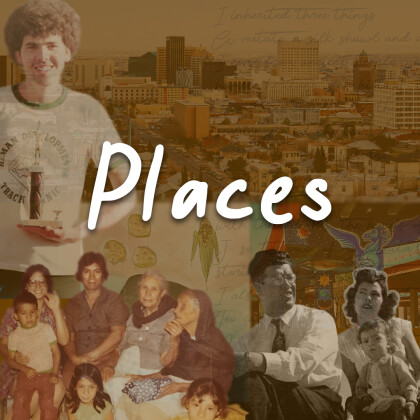
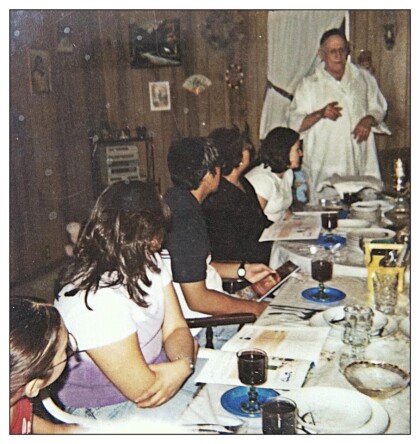
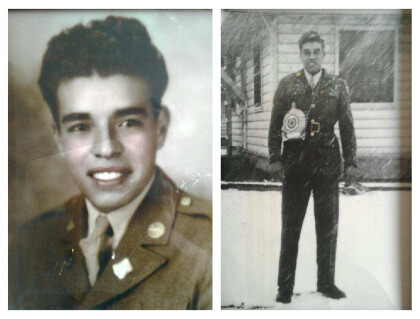
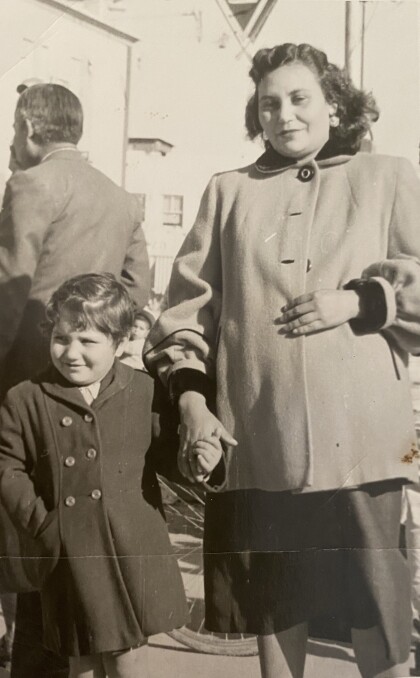
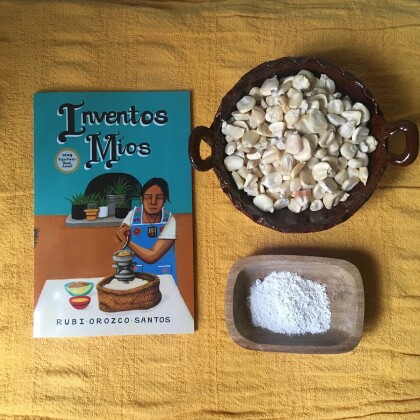
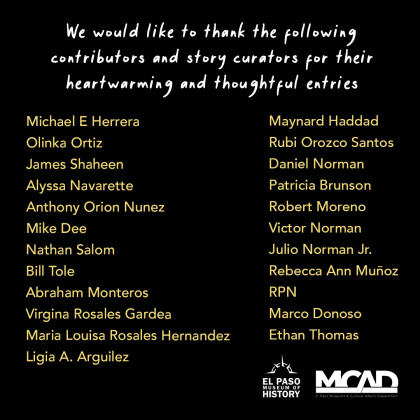
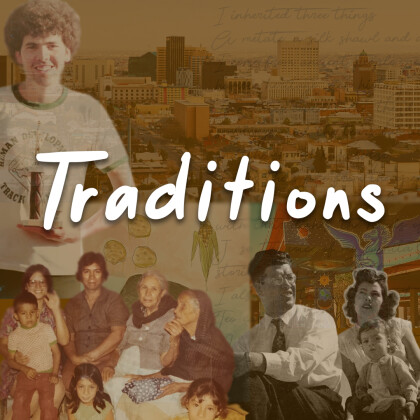
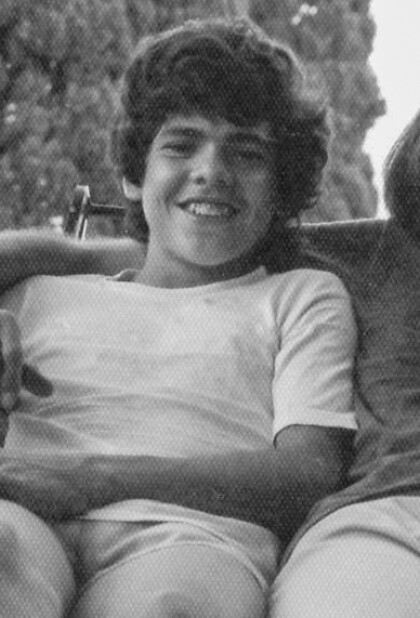
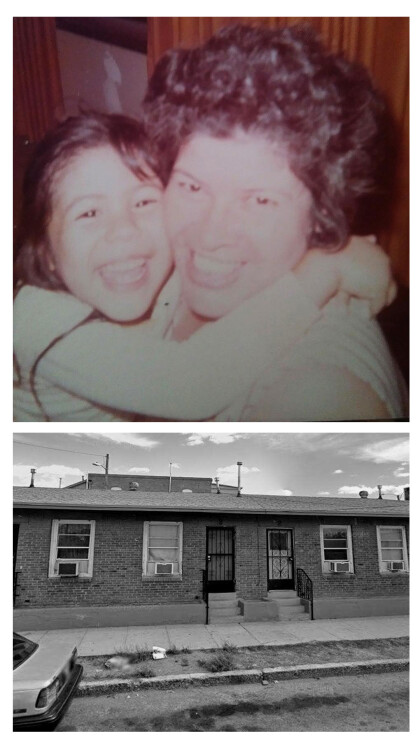
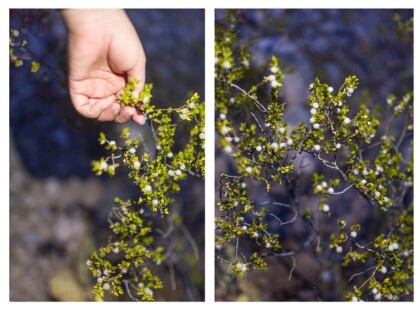
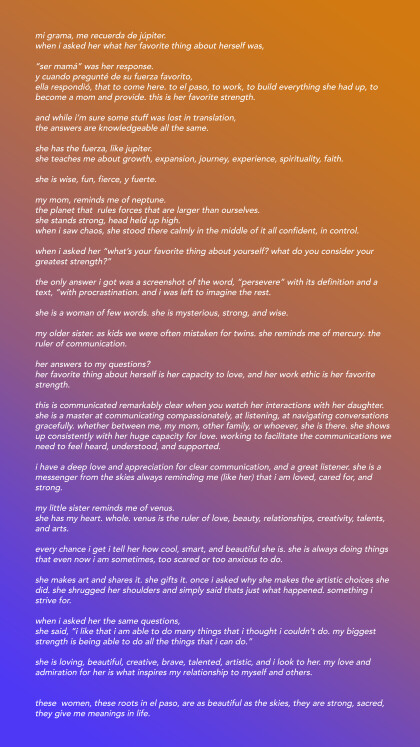
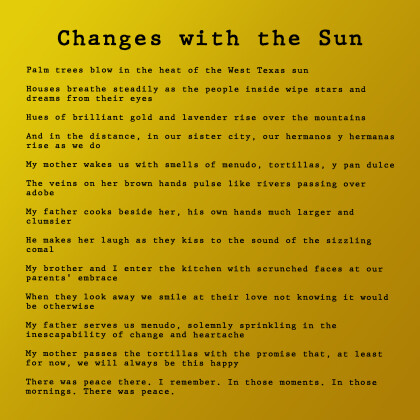
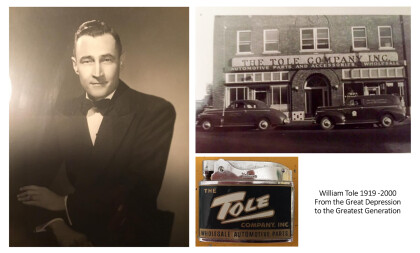
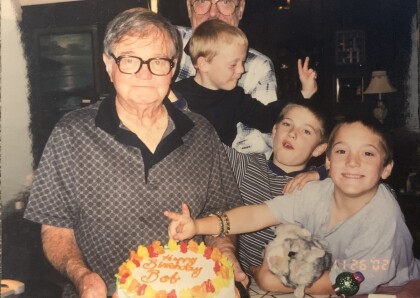
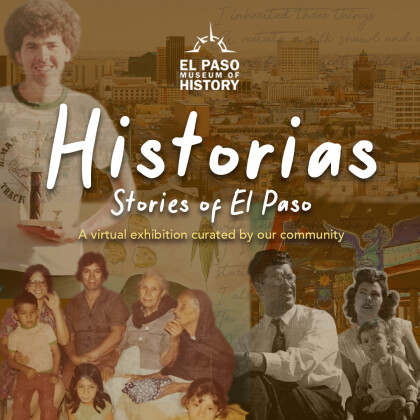
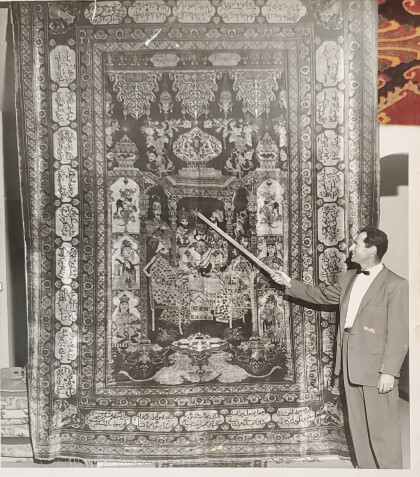
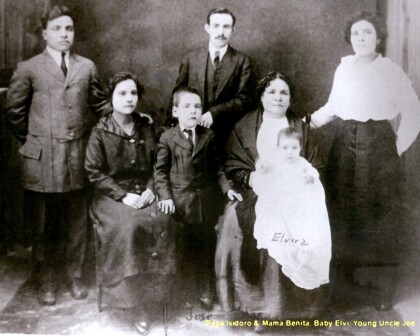
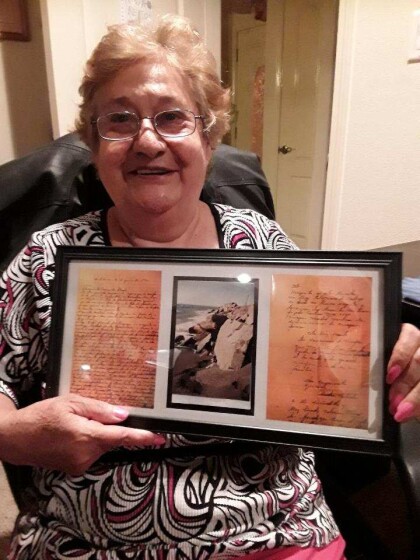
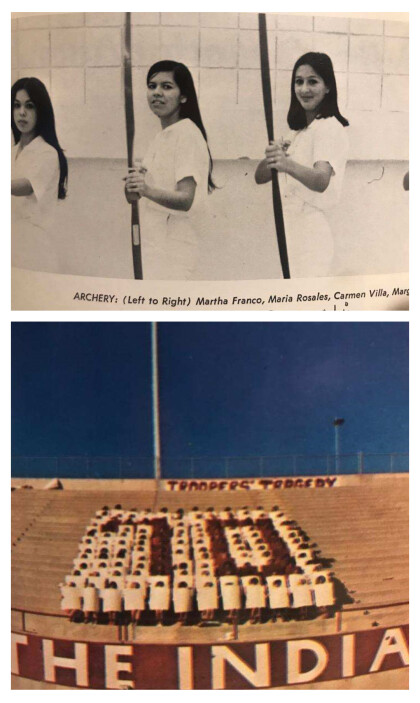
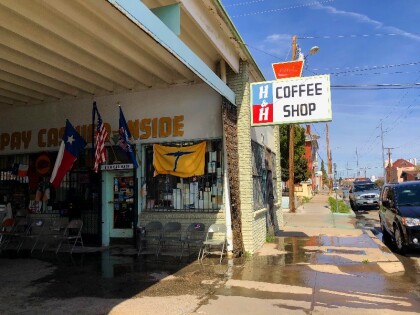
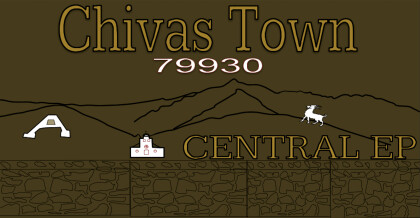
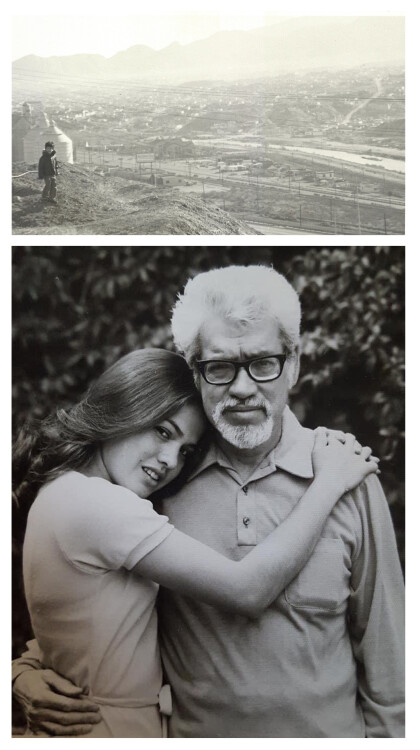
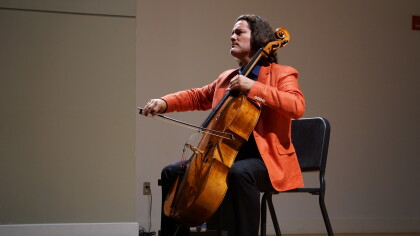
Comments
Add a comment